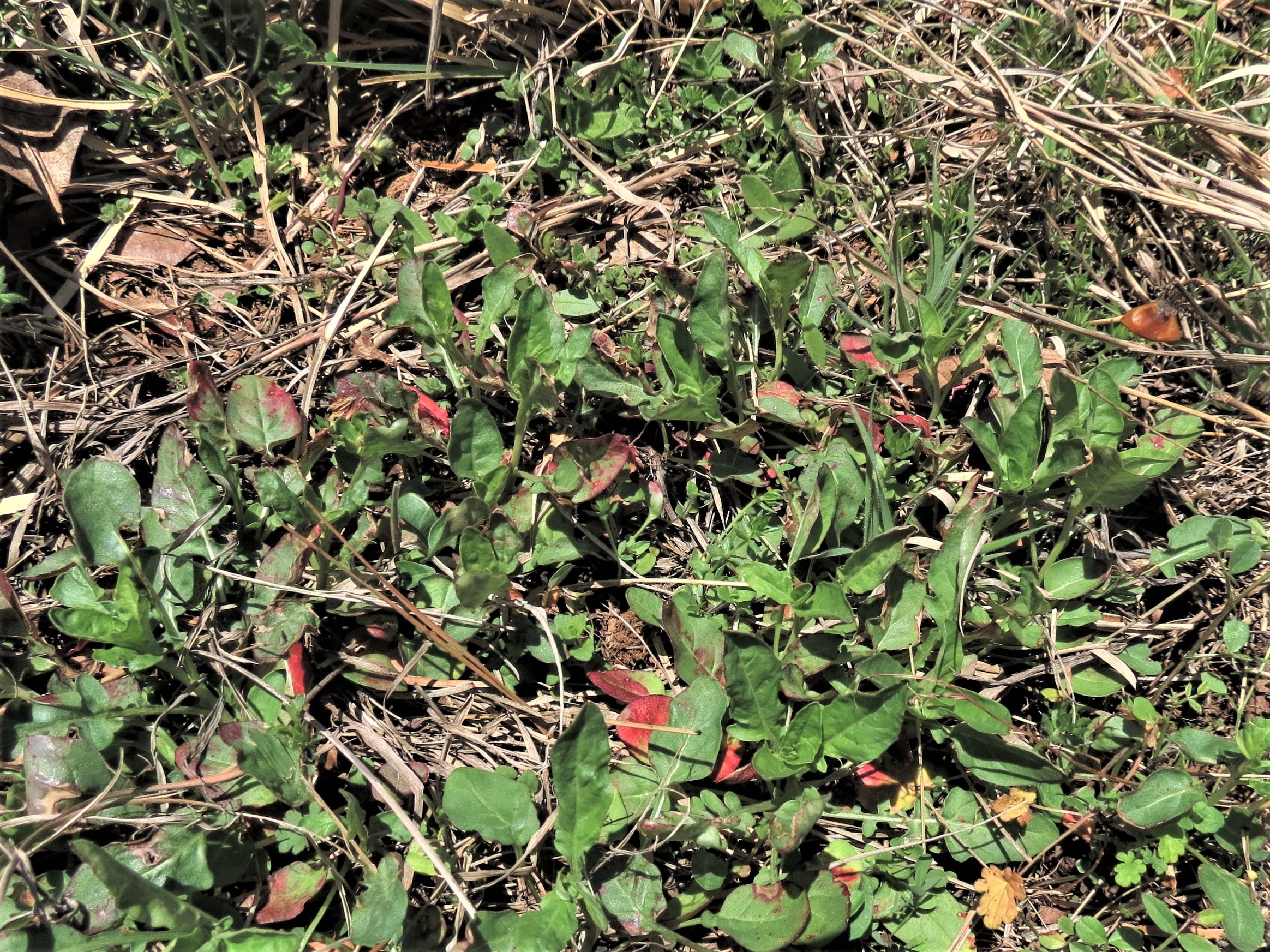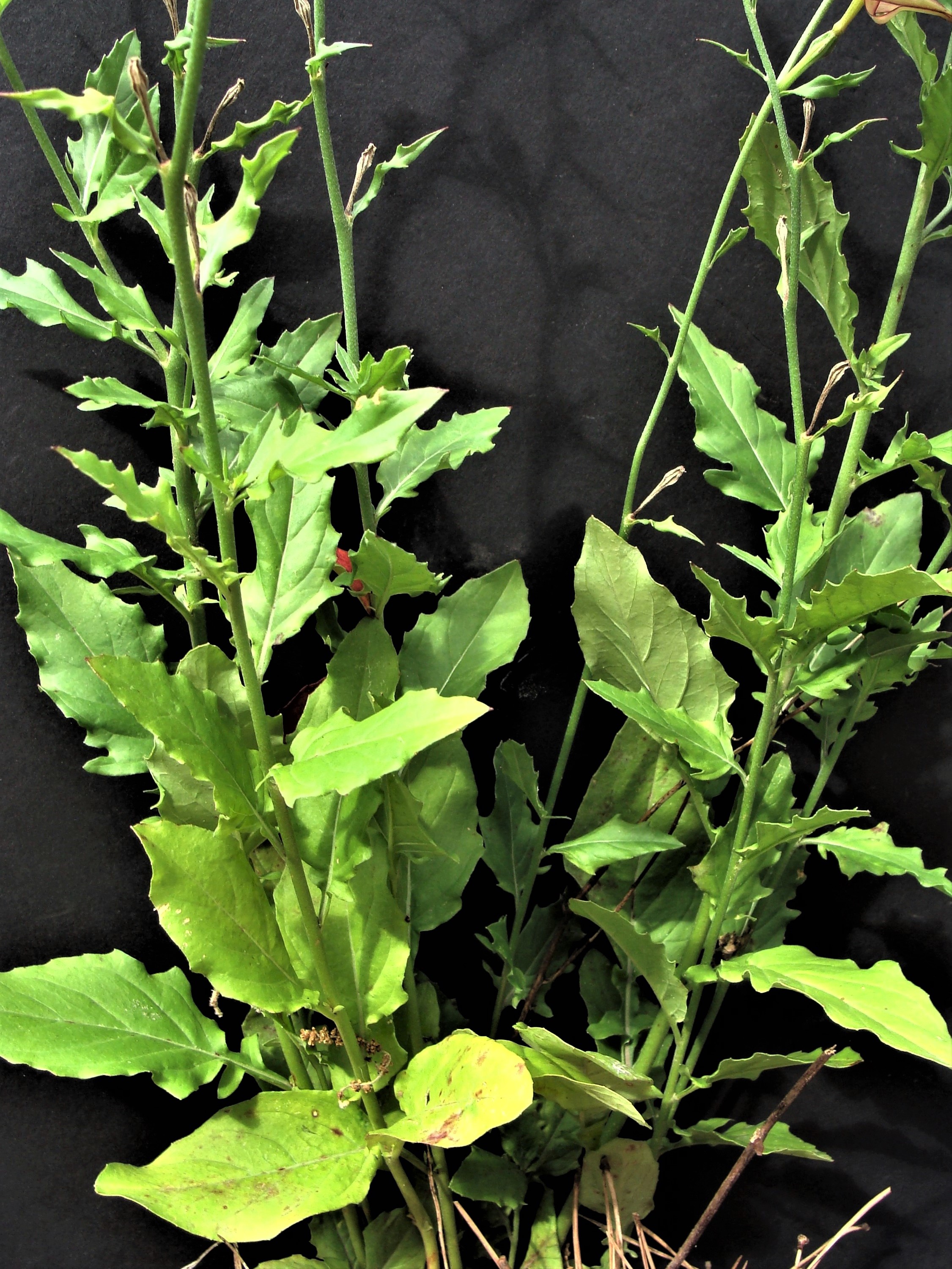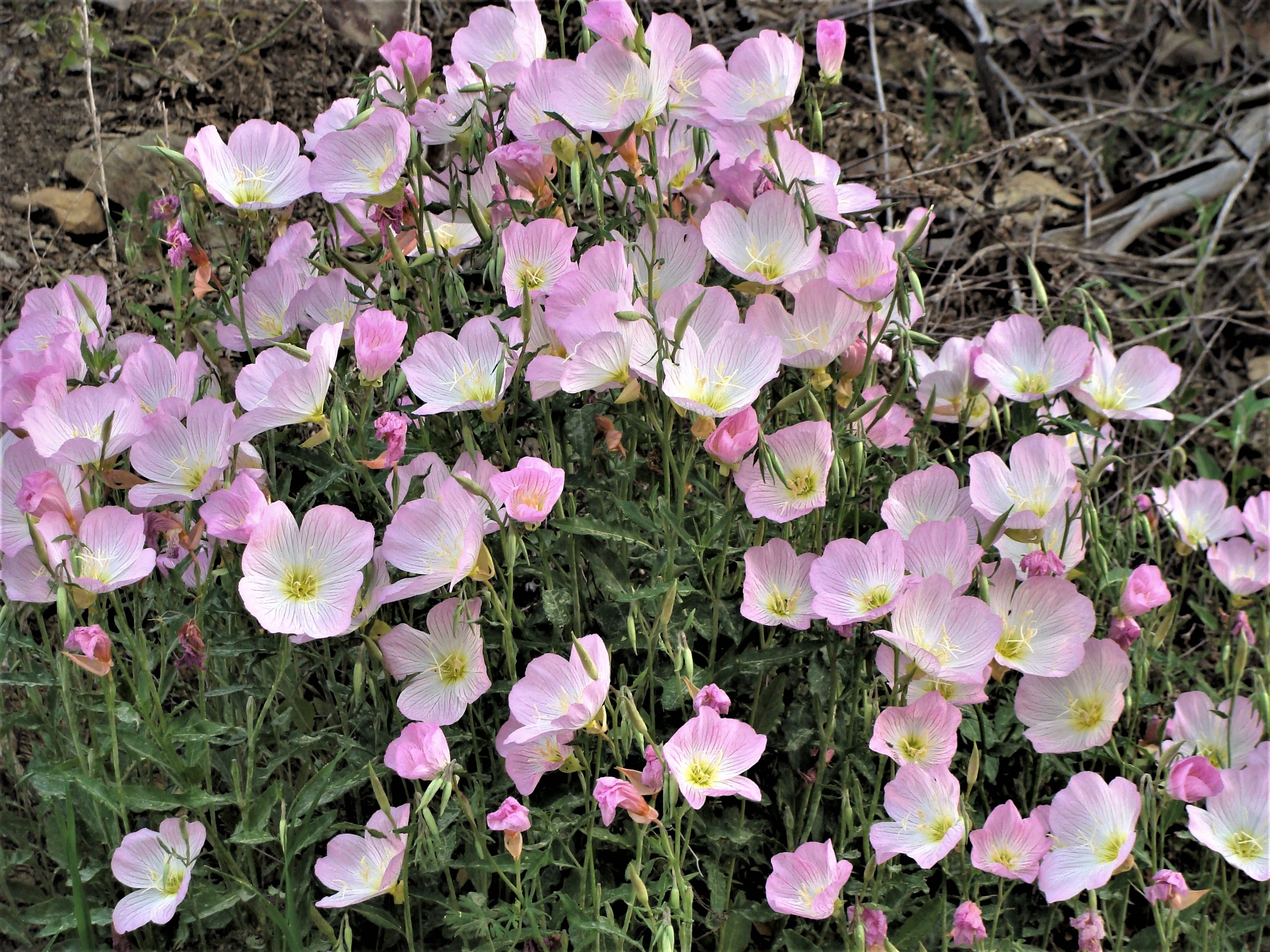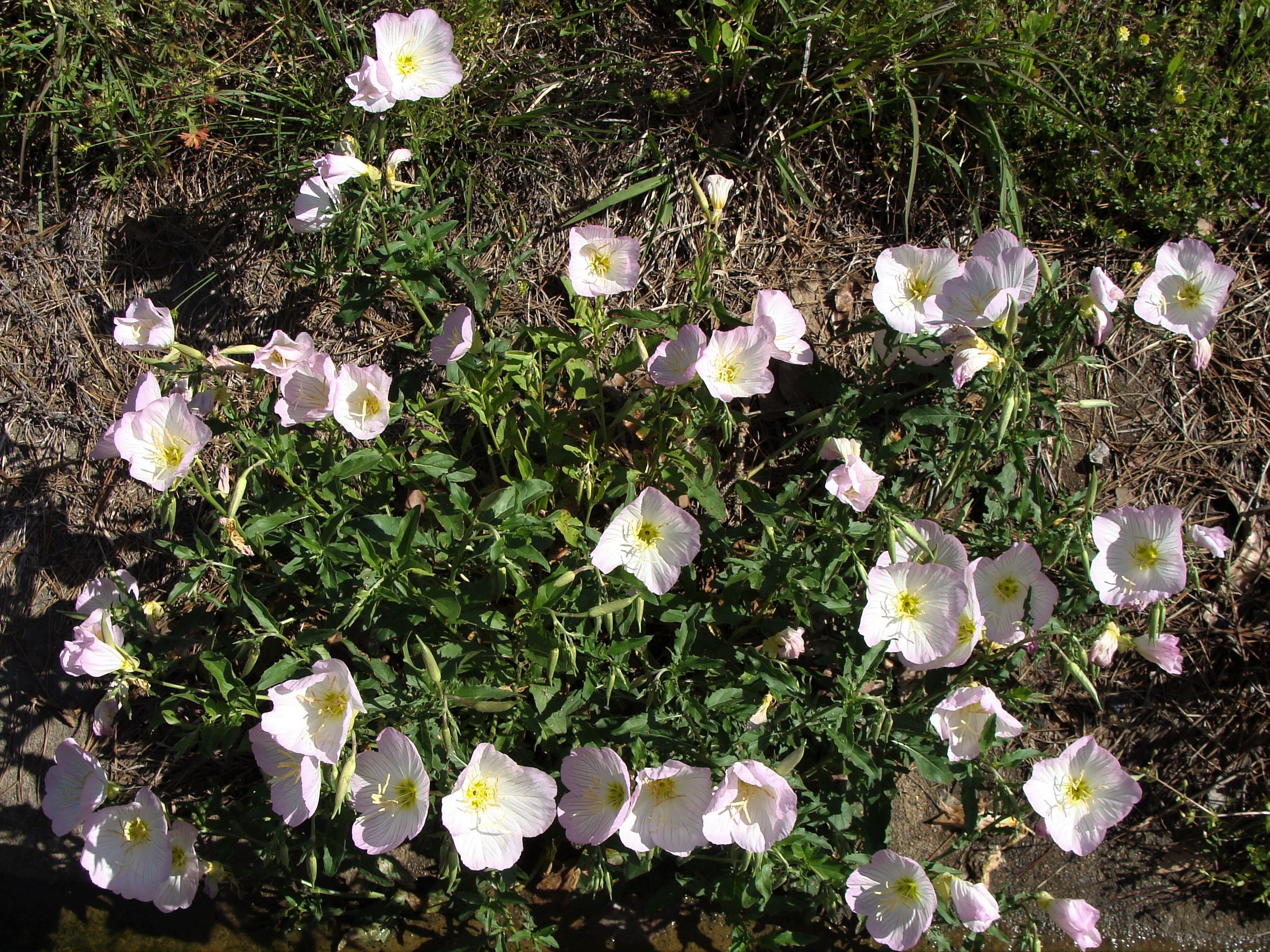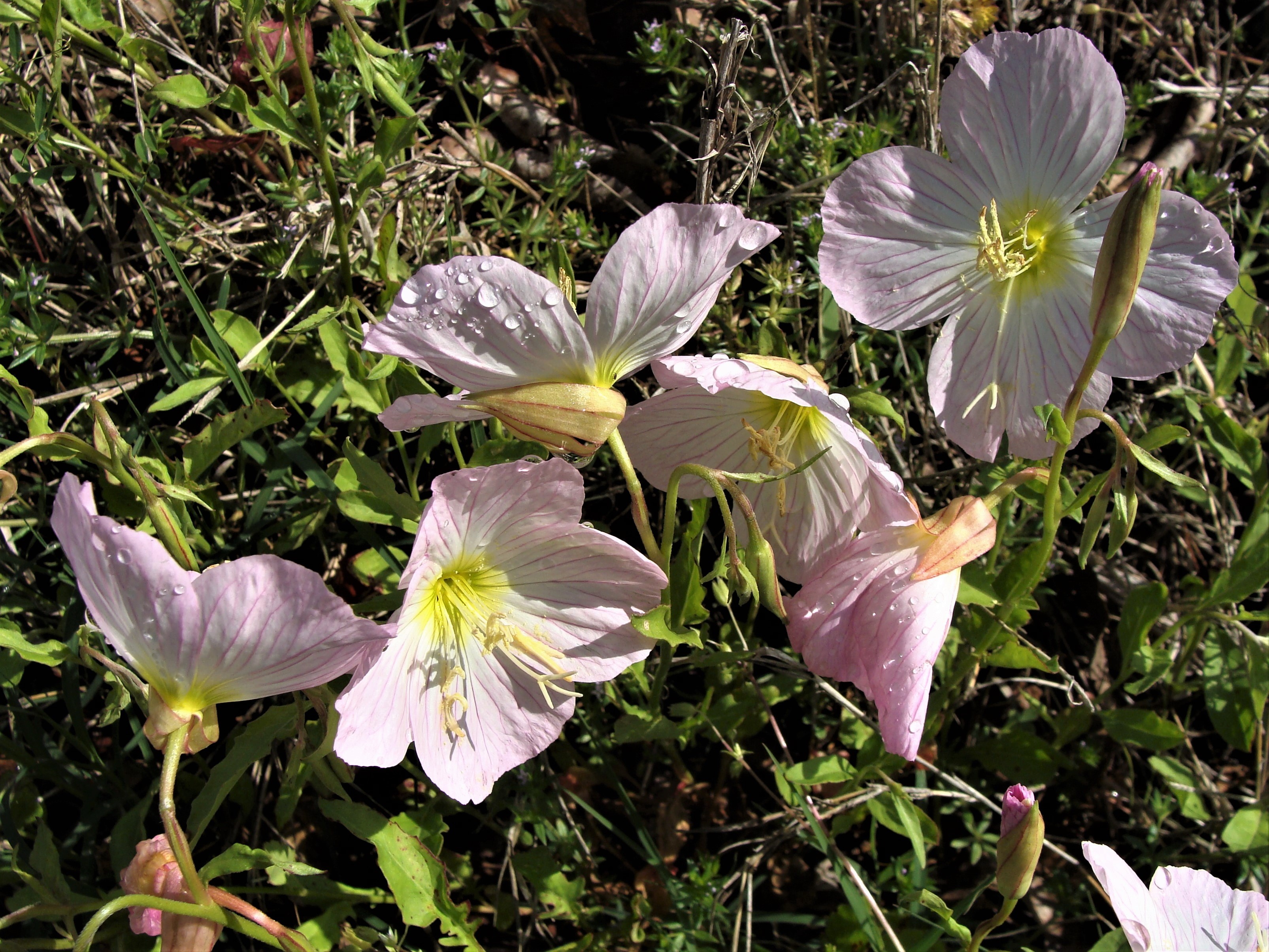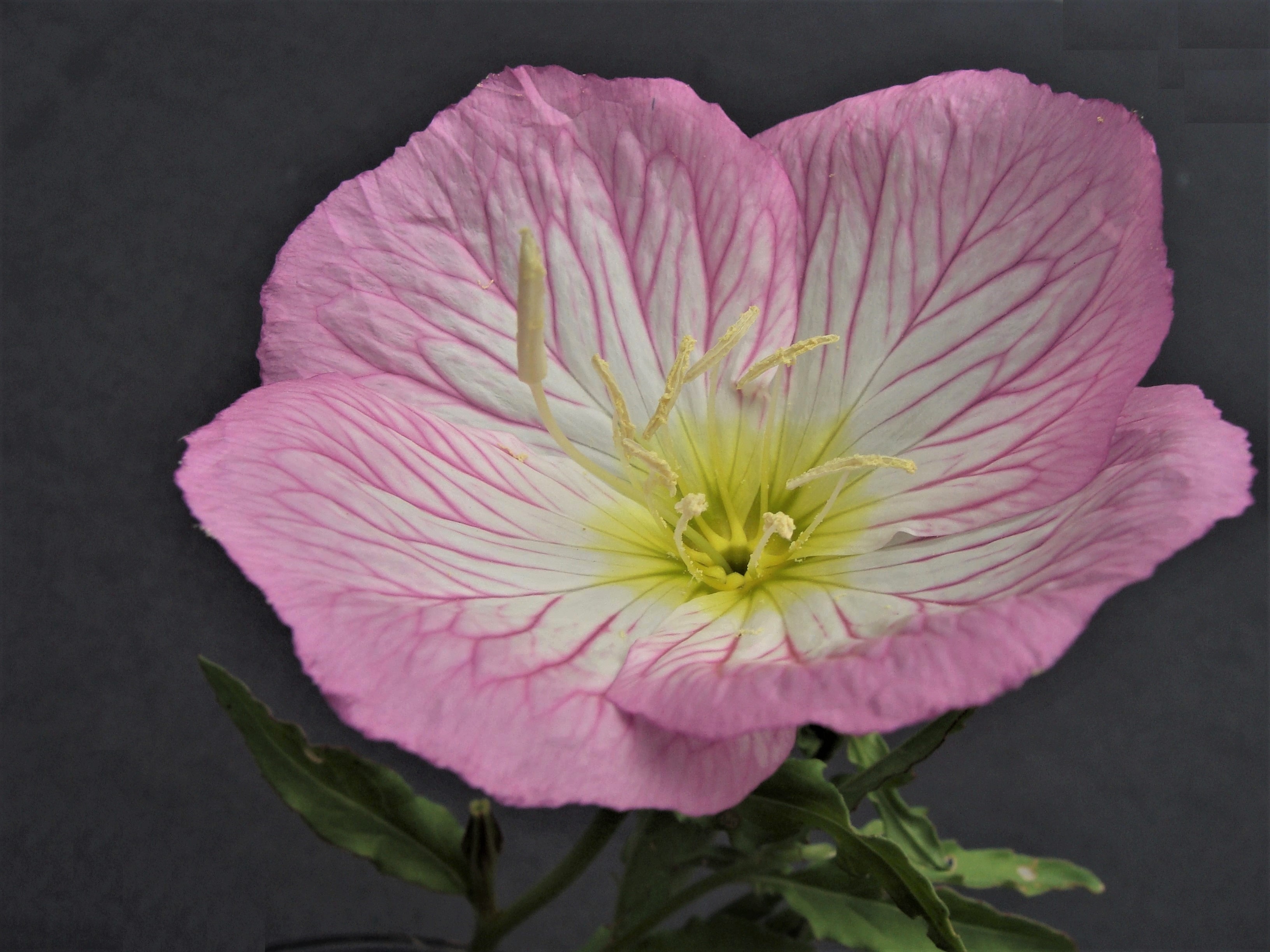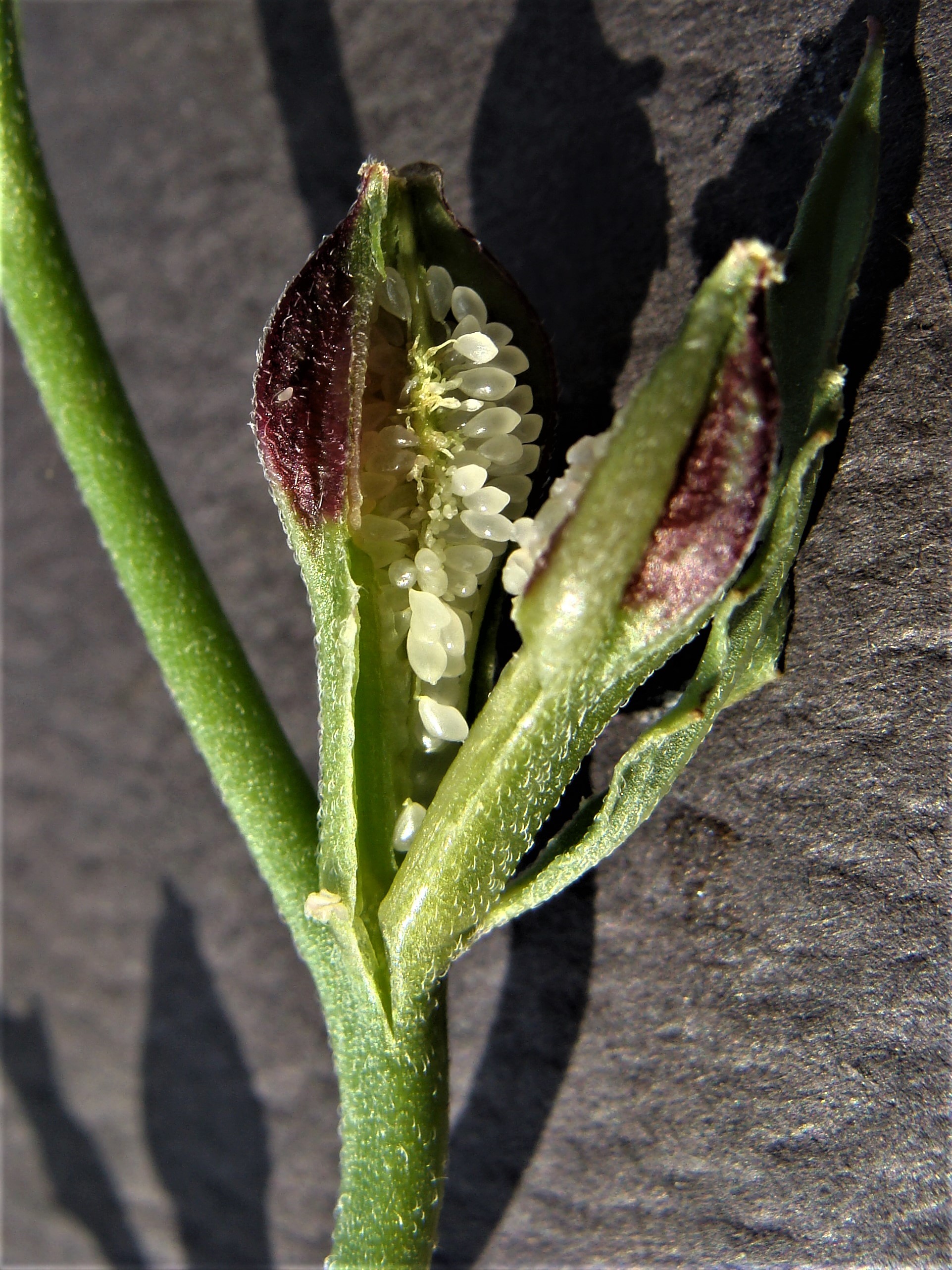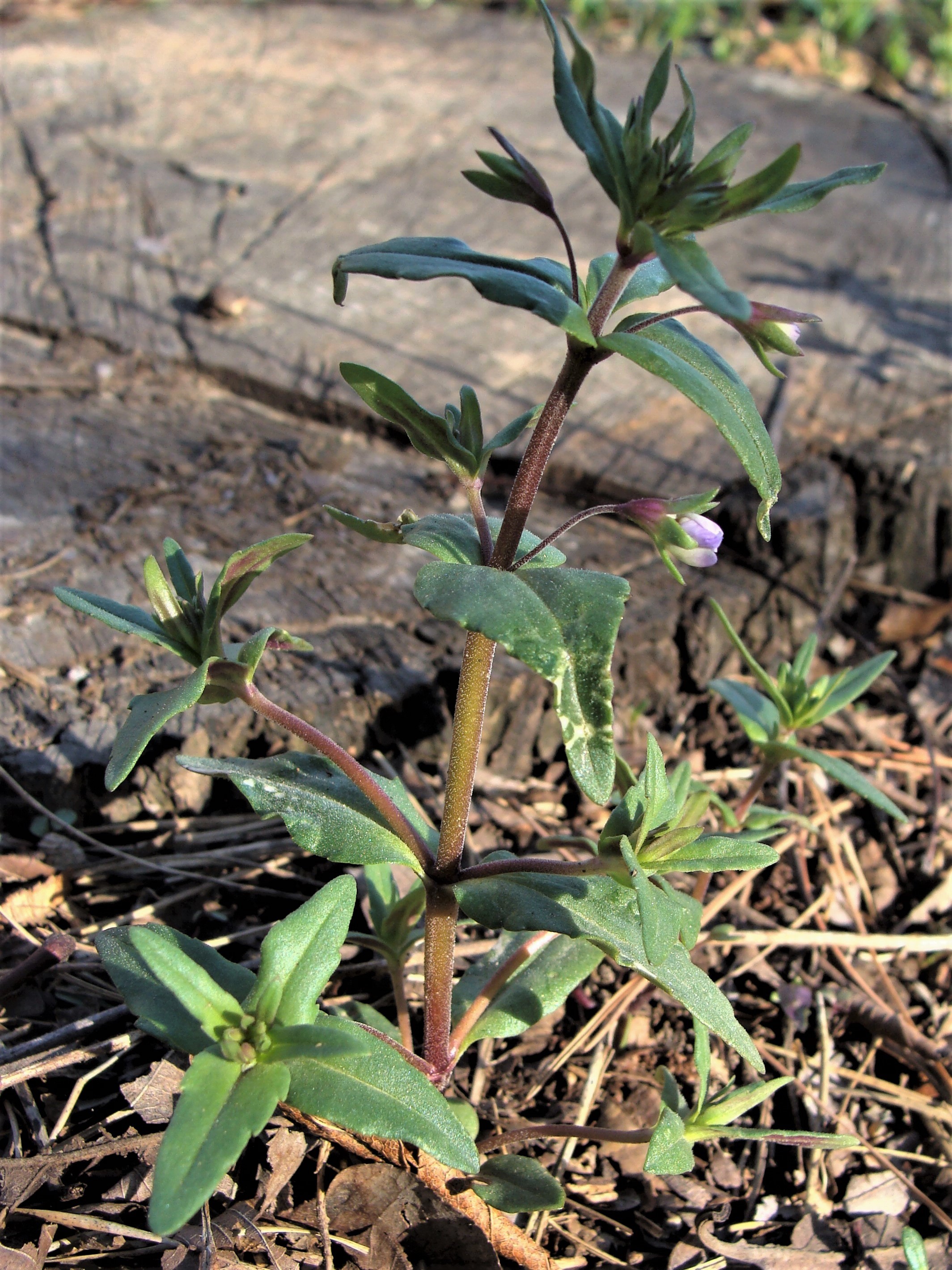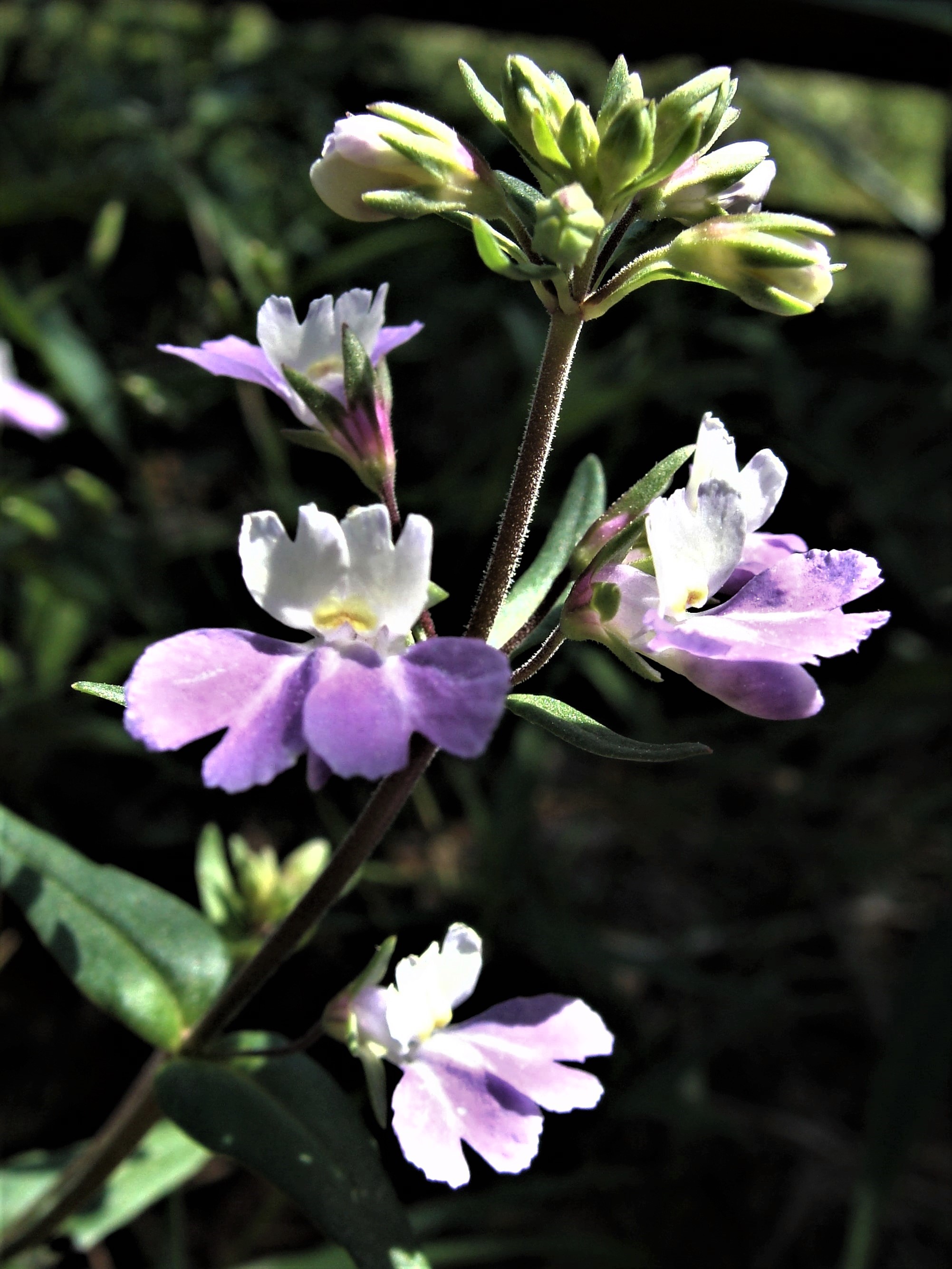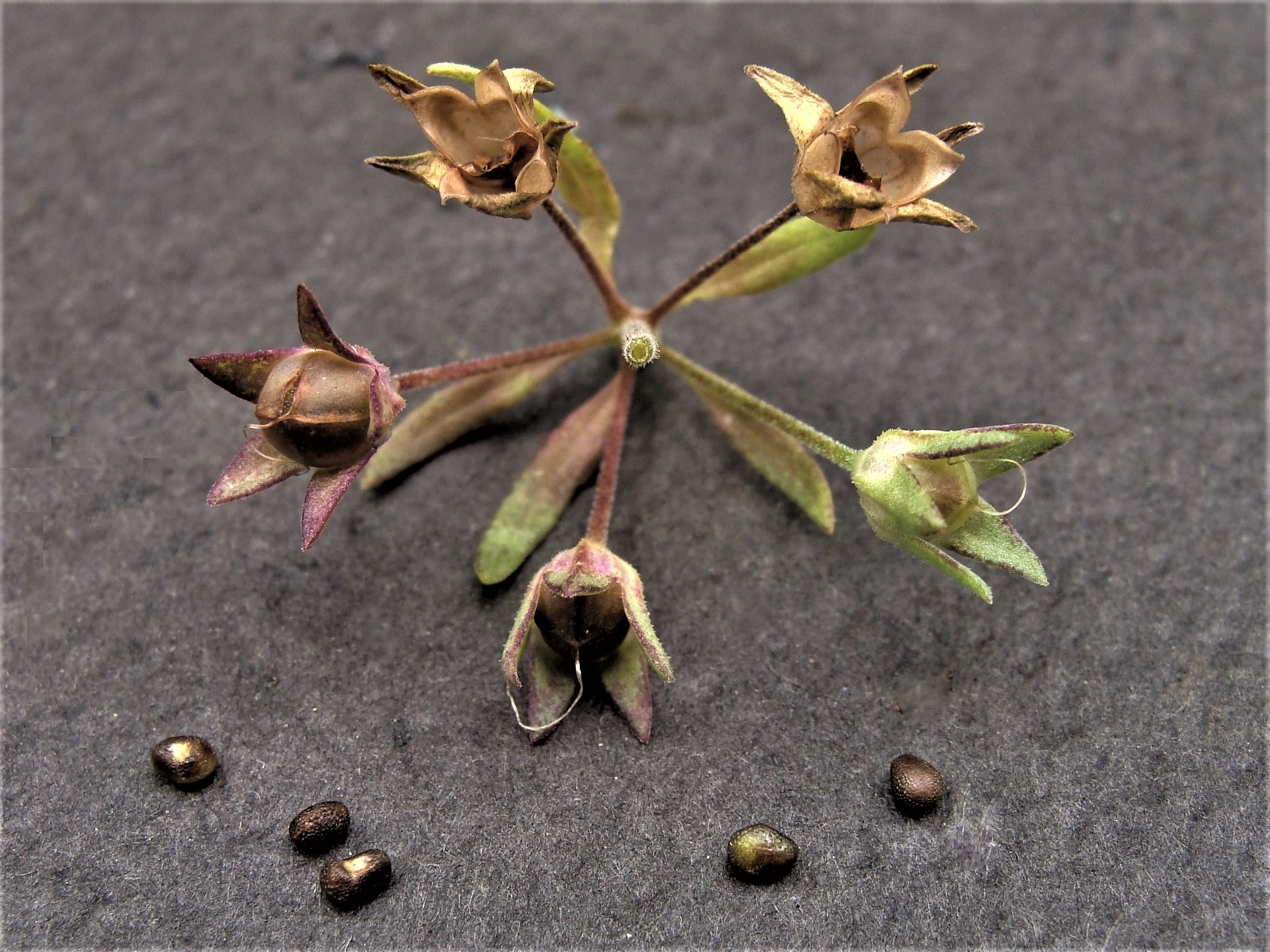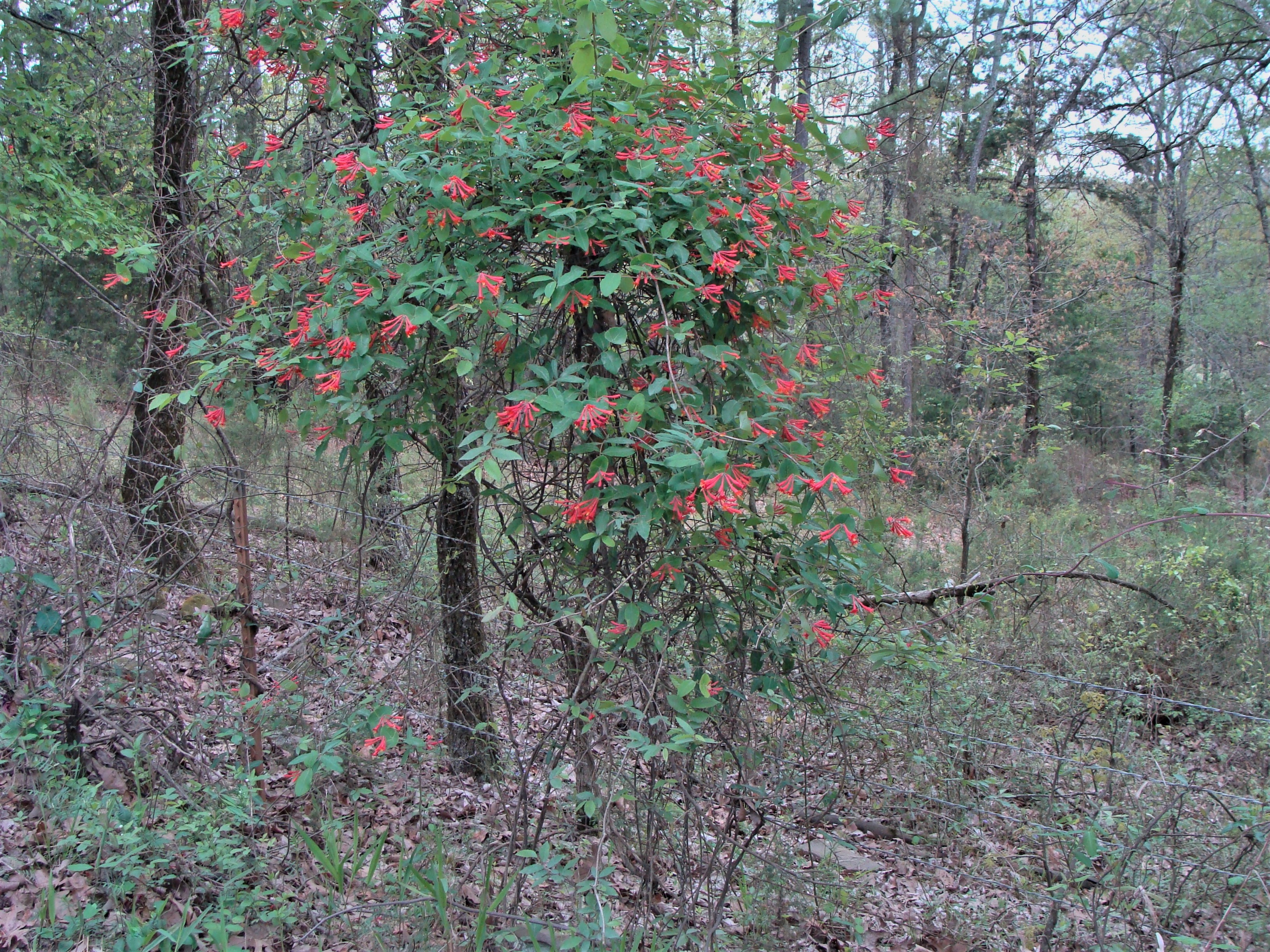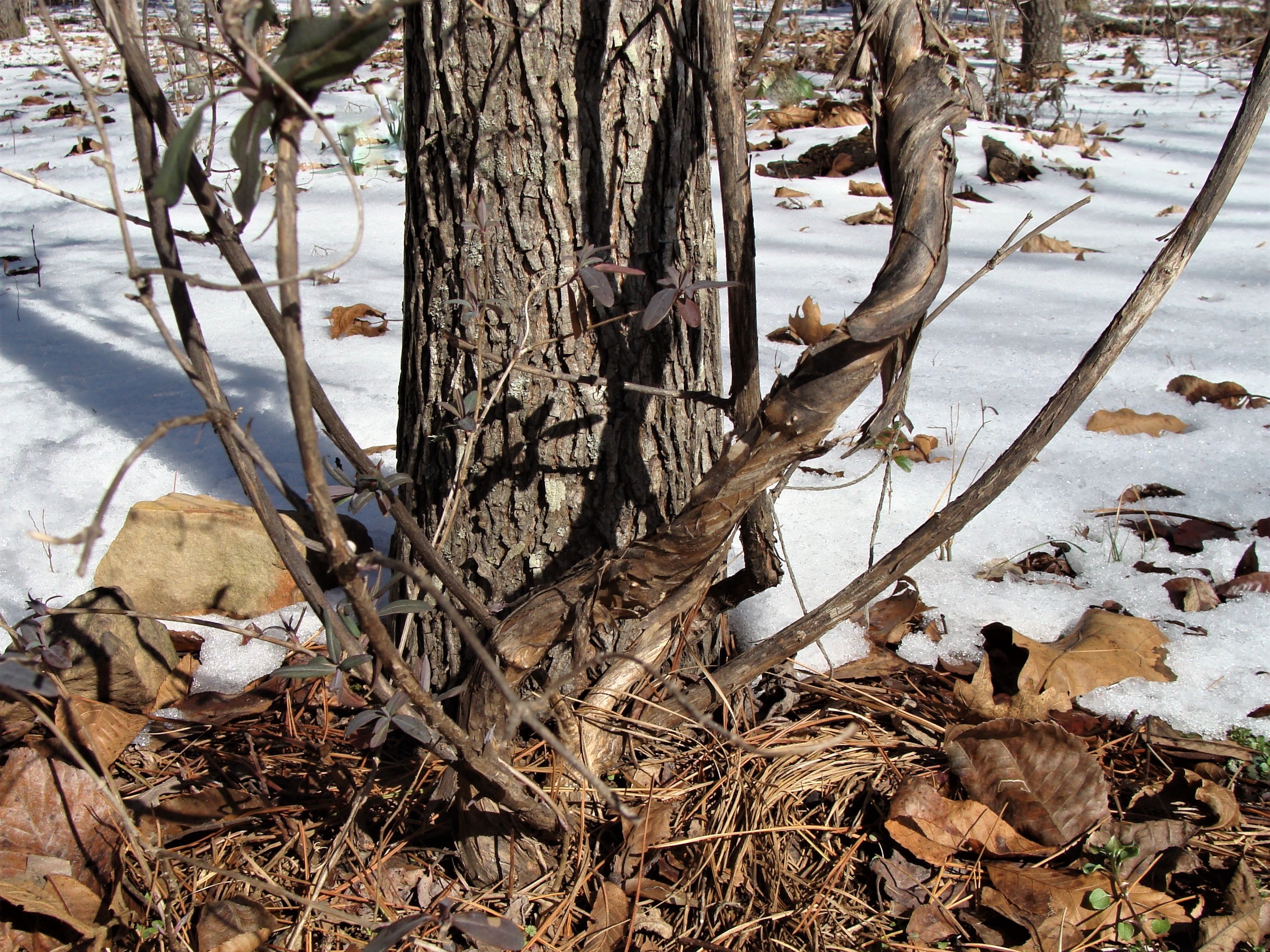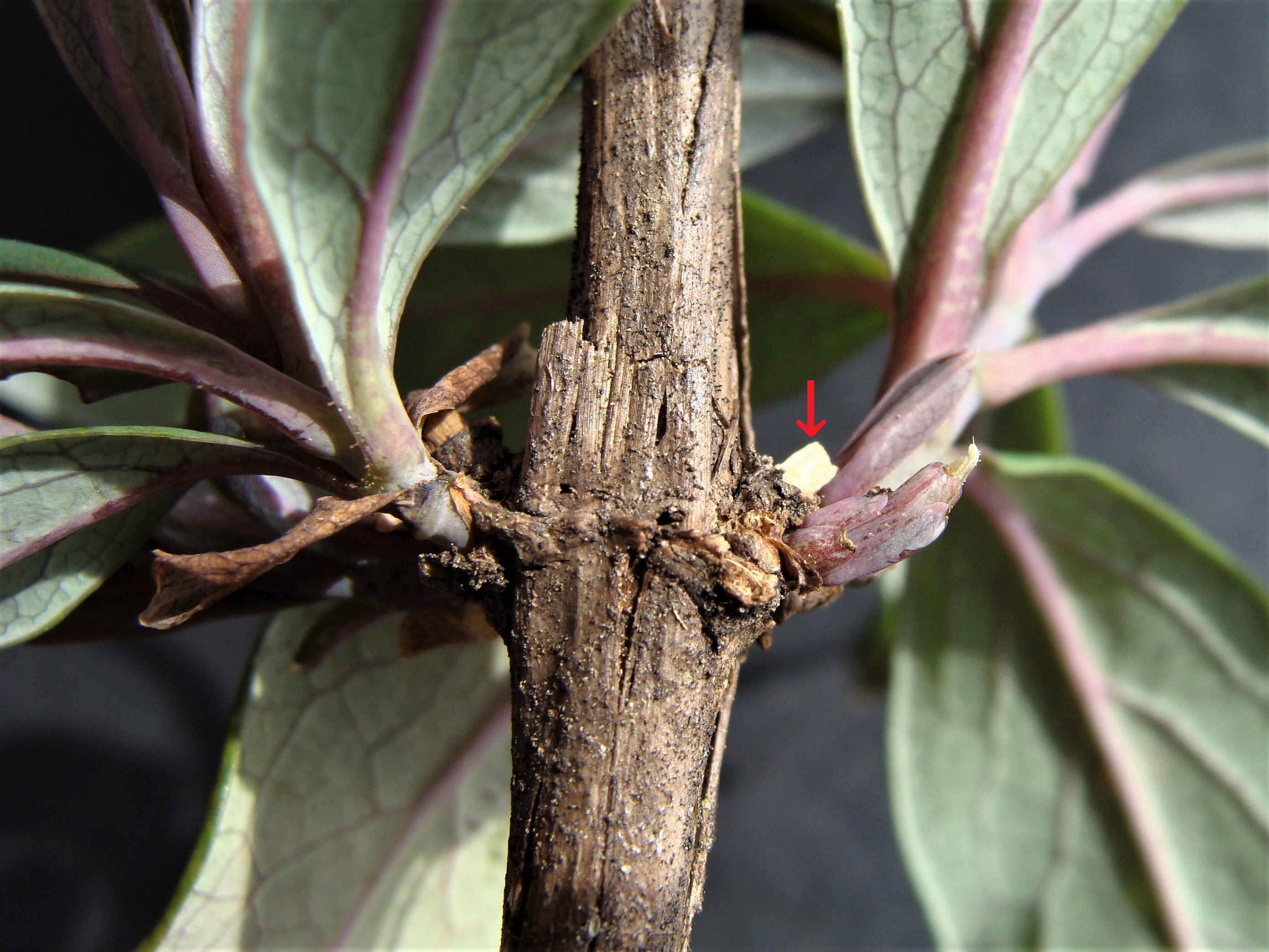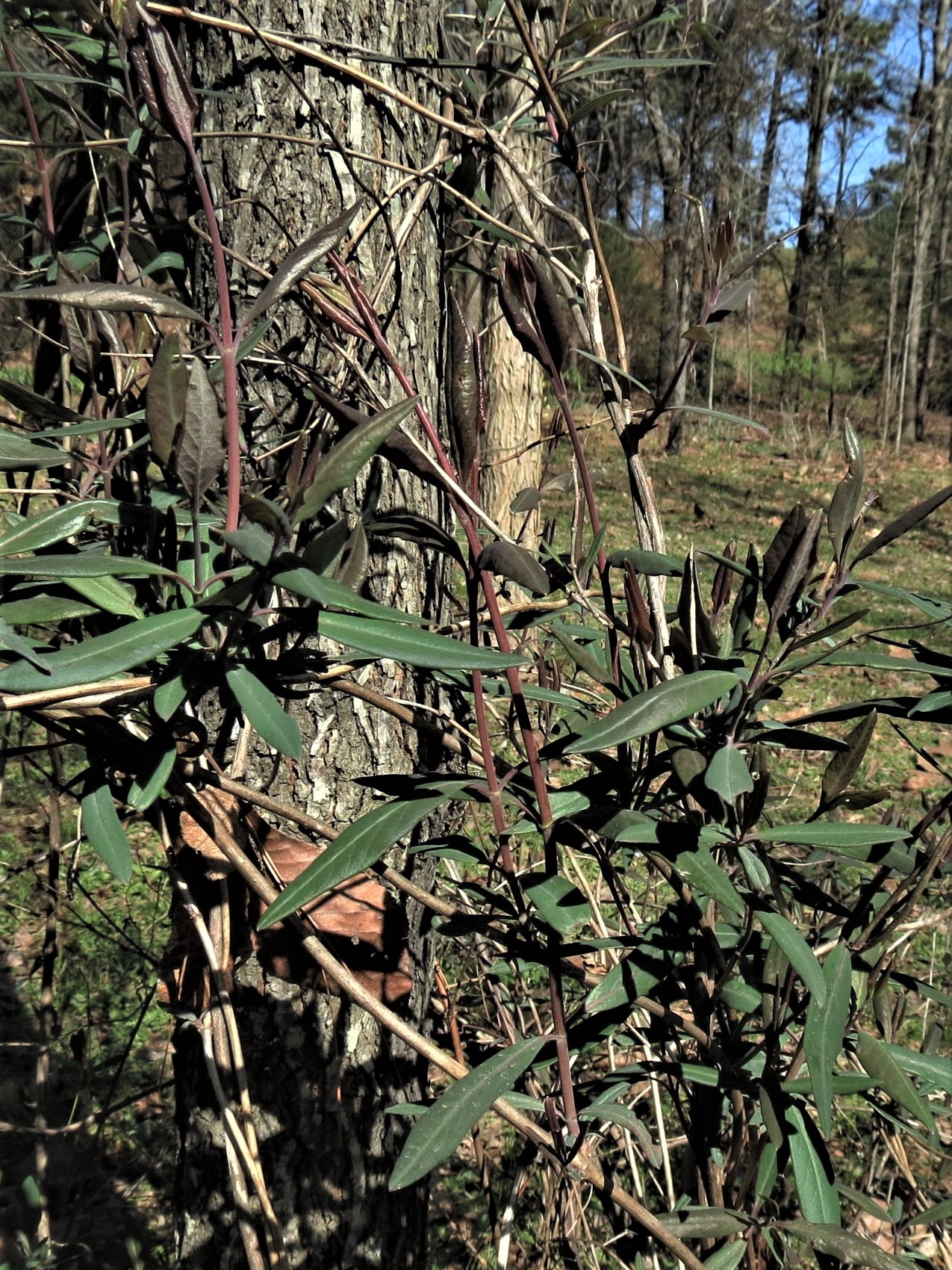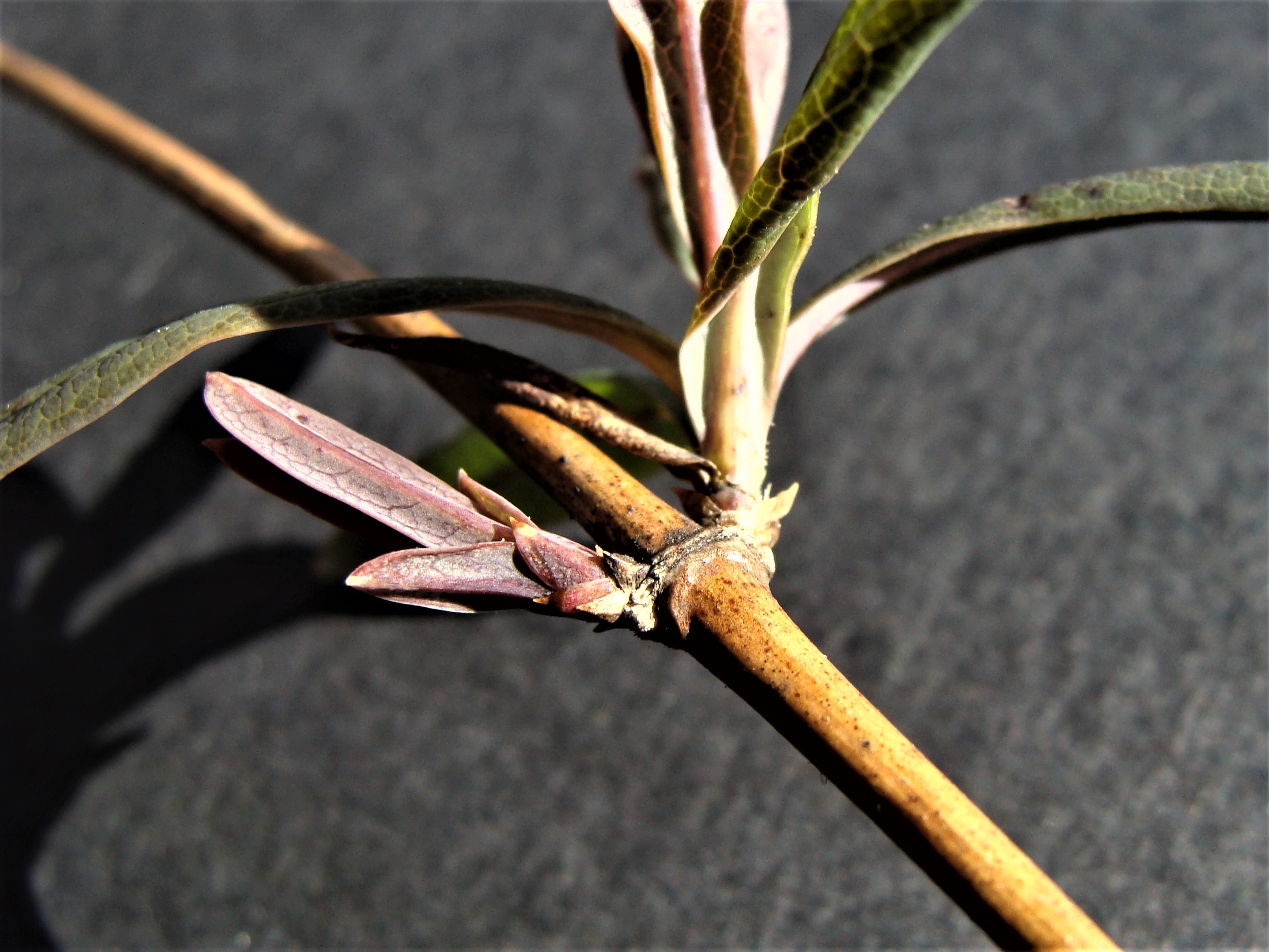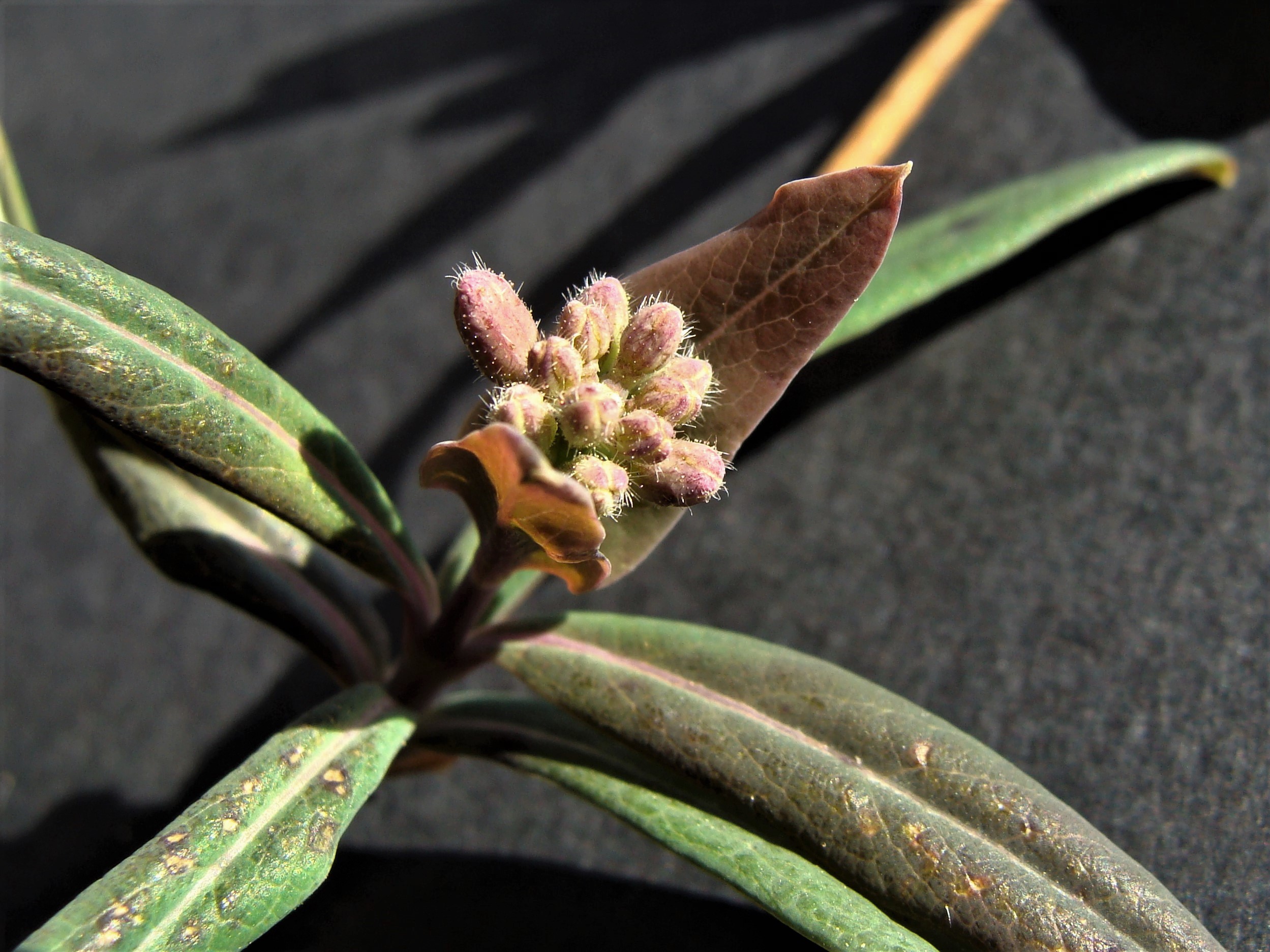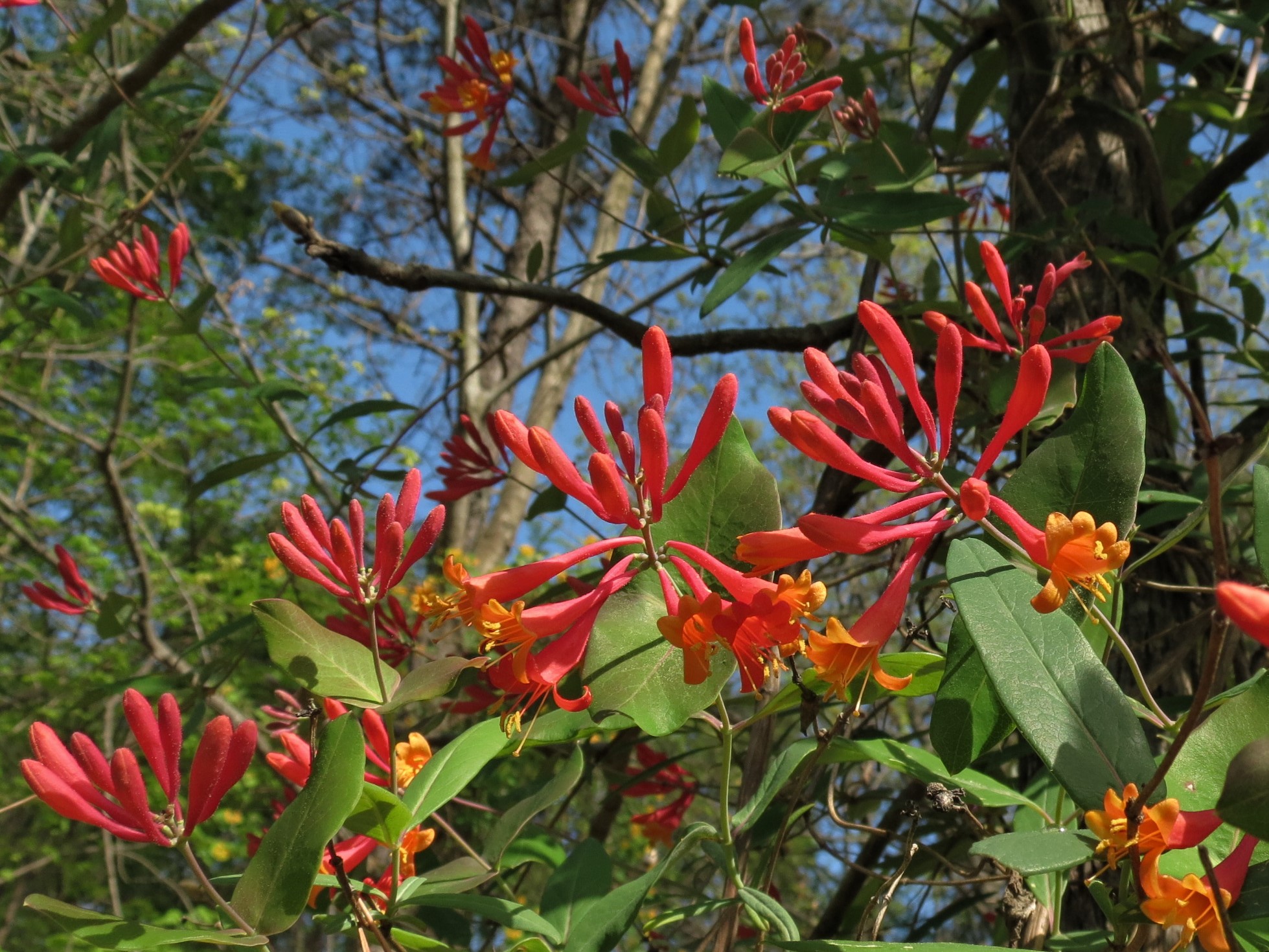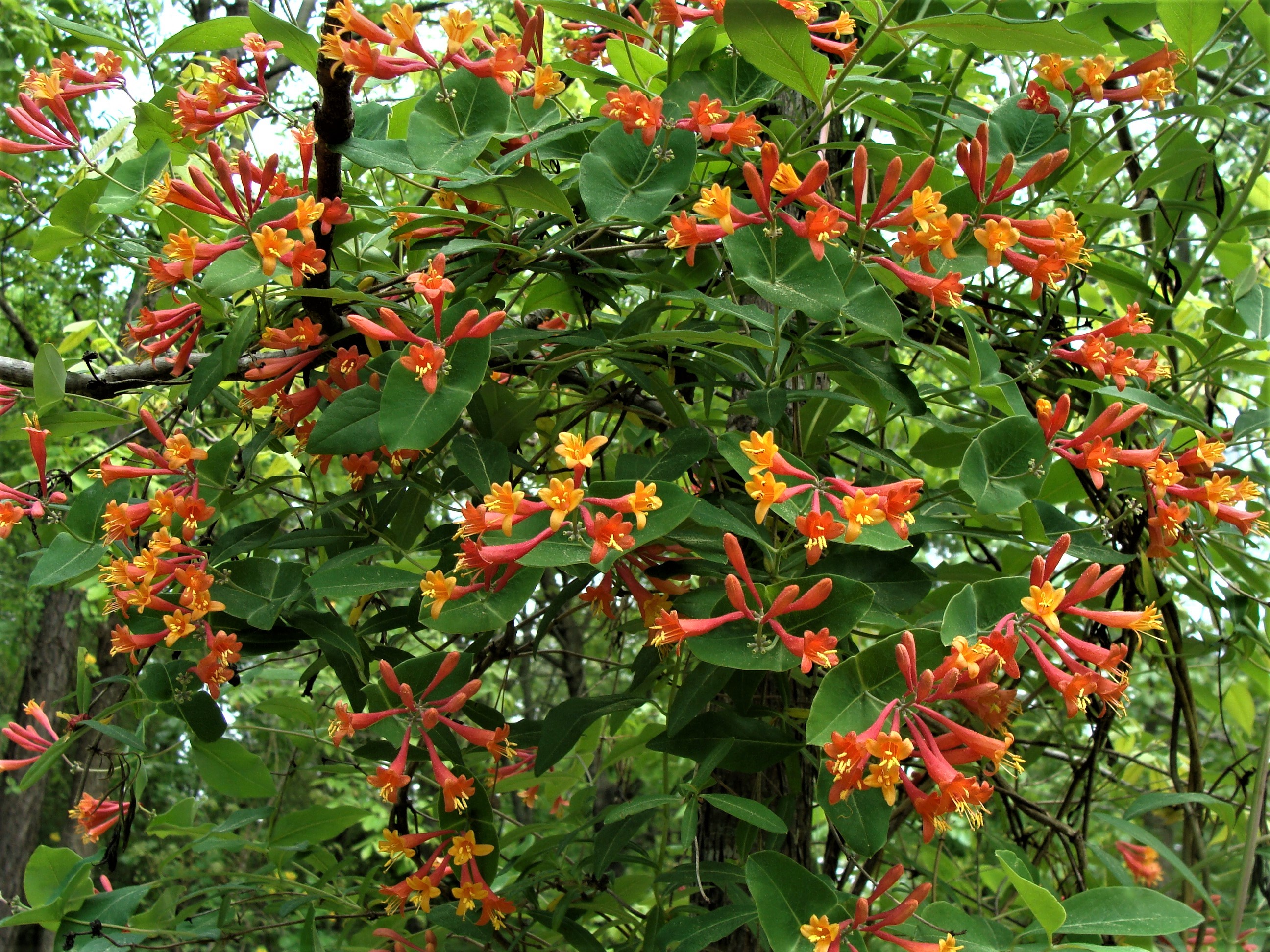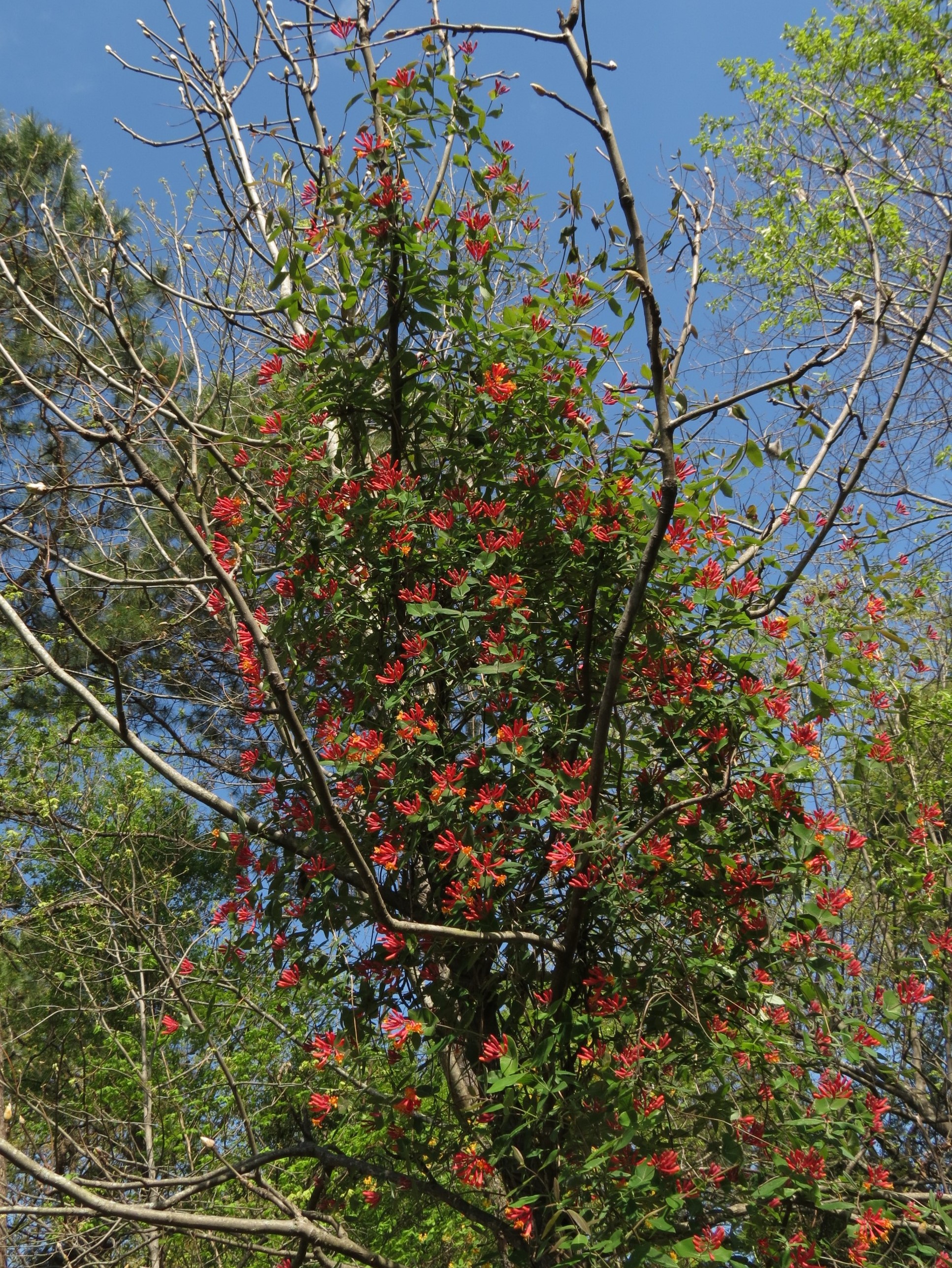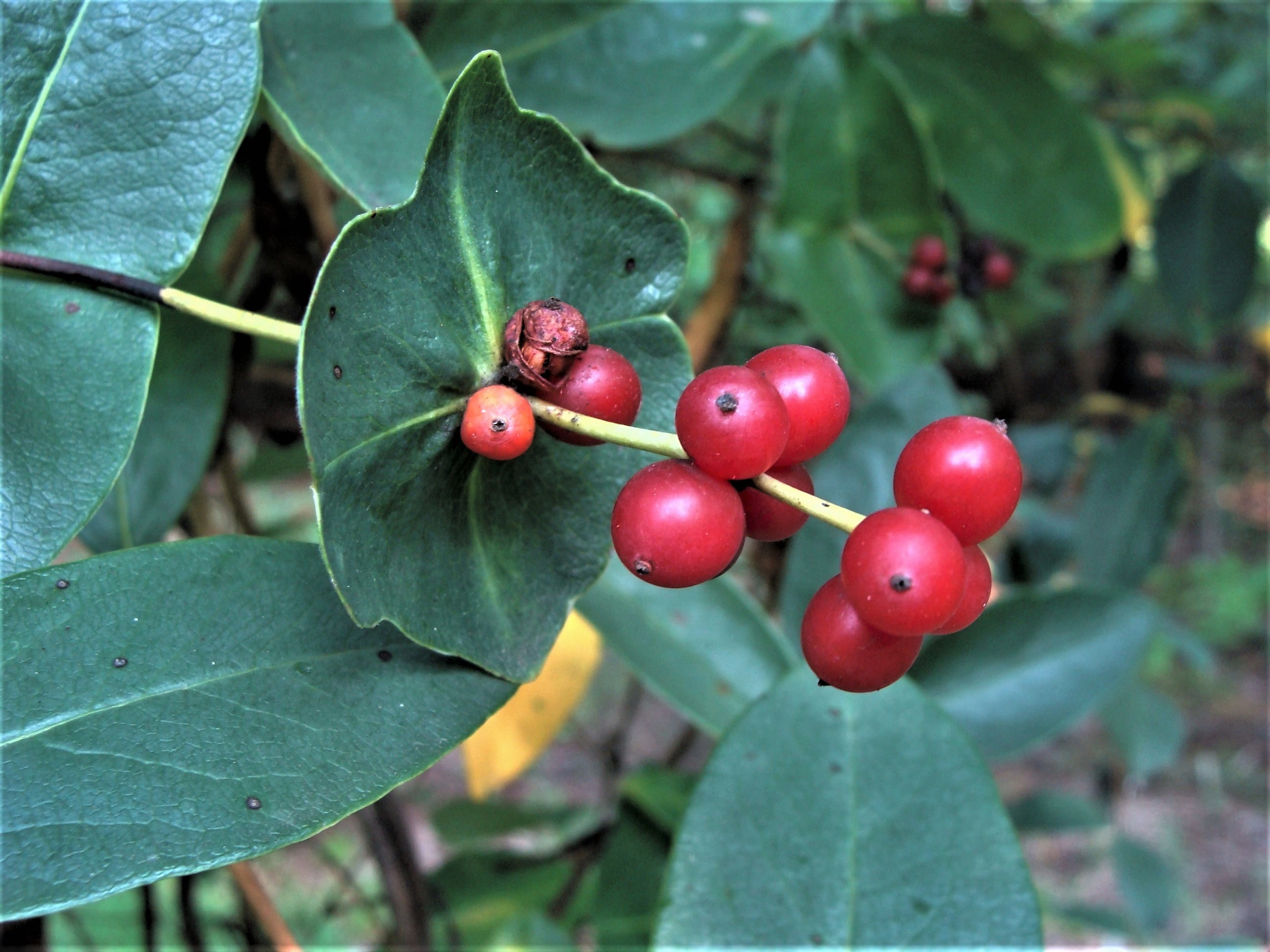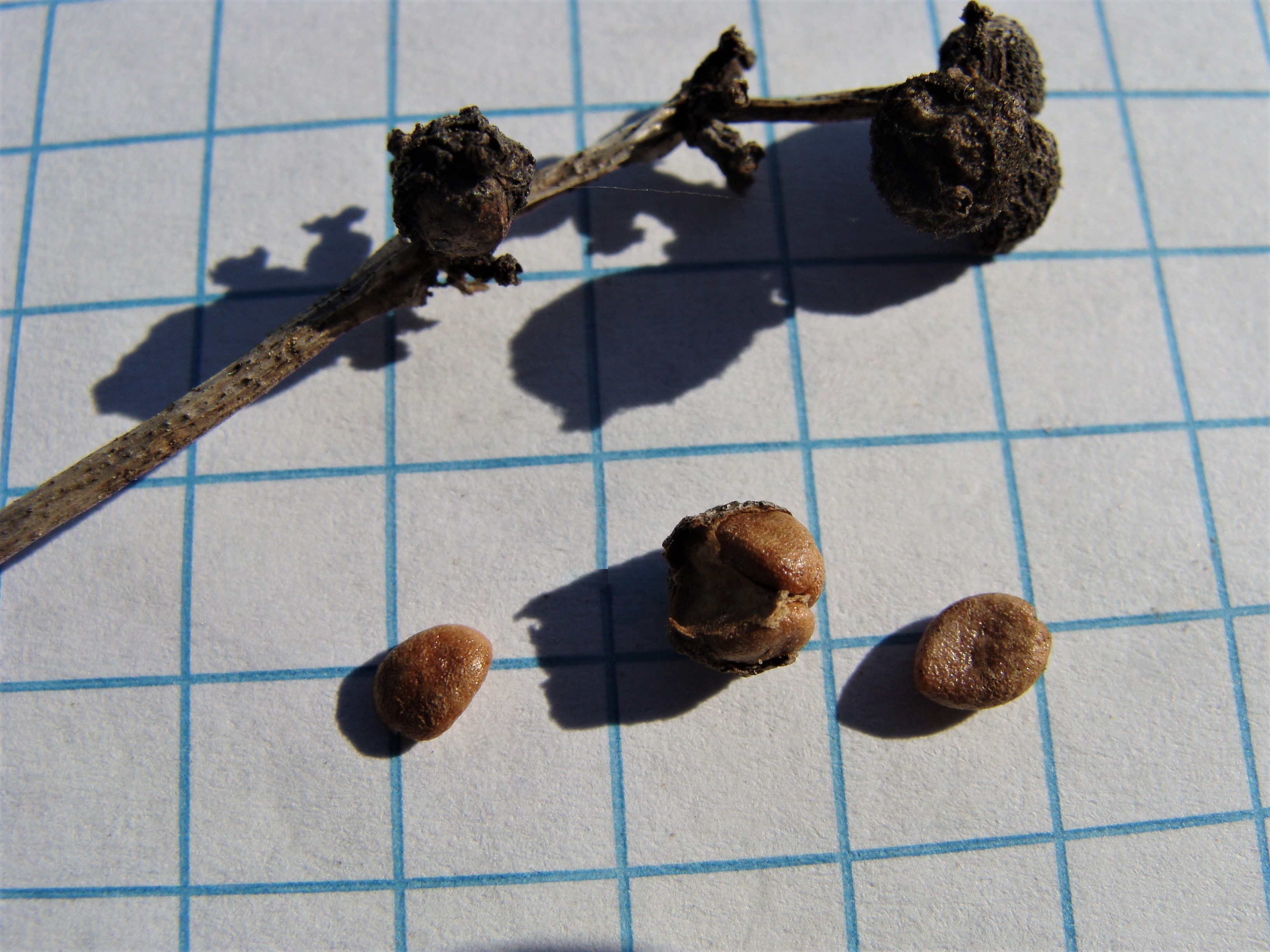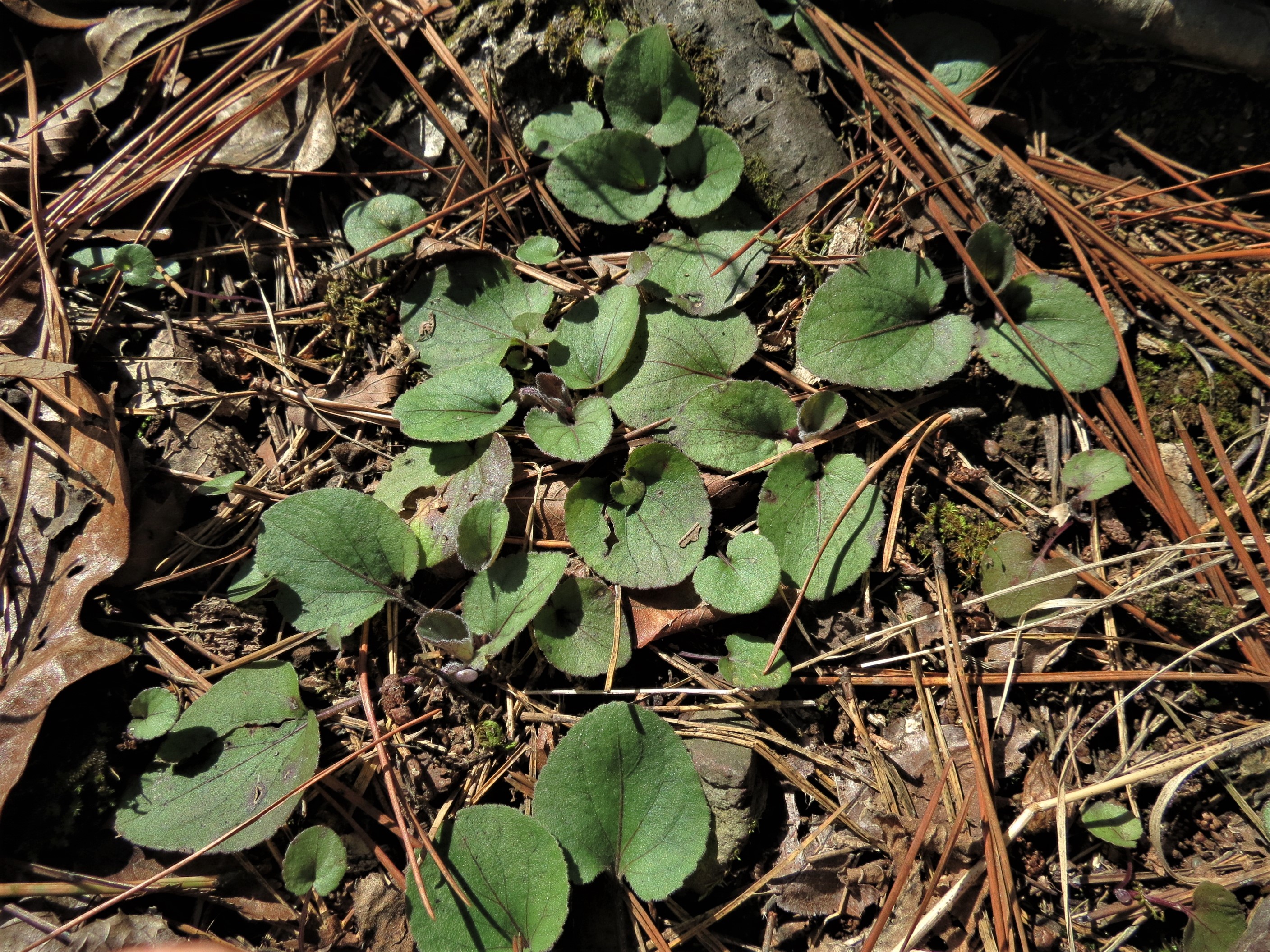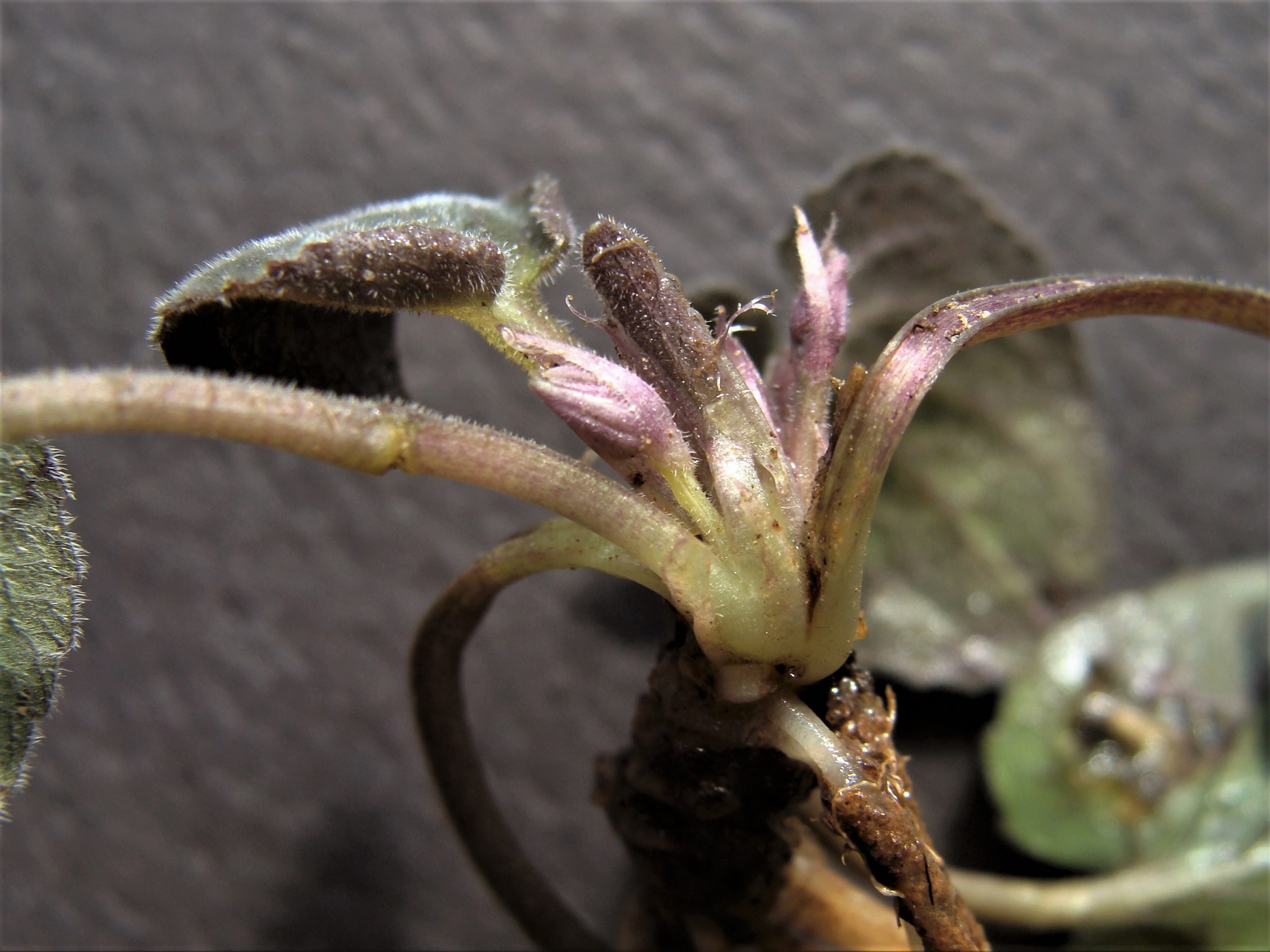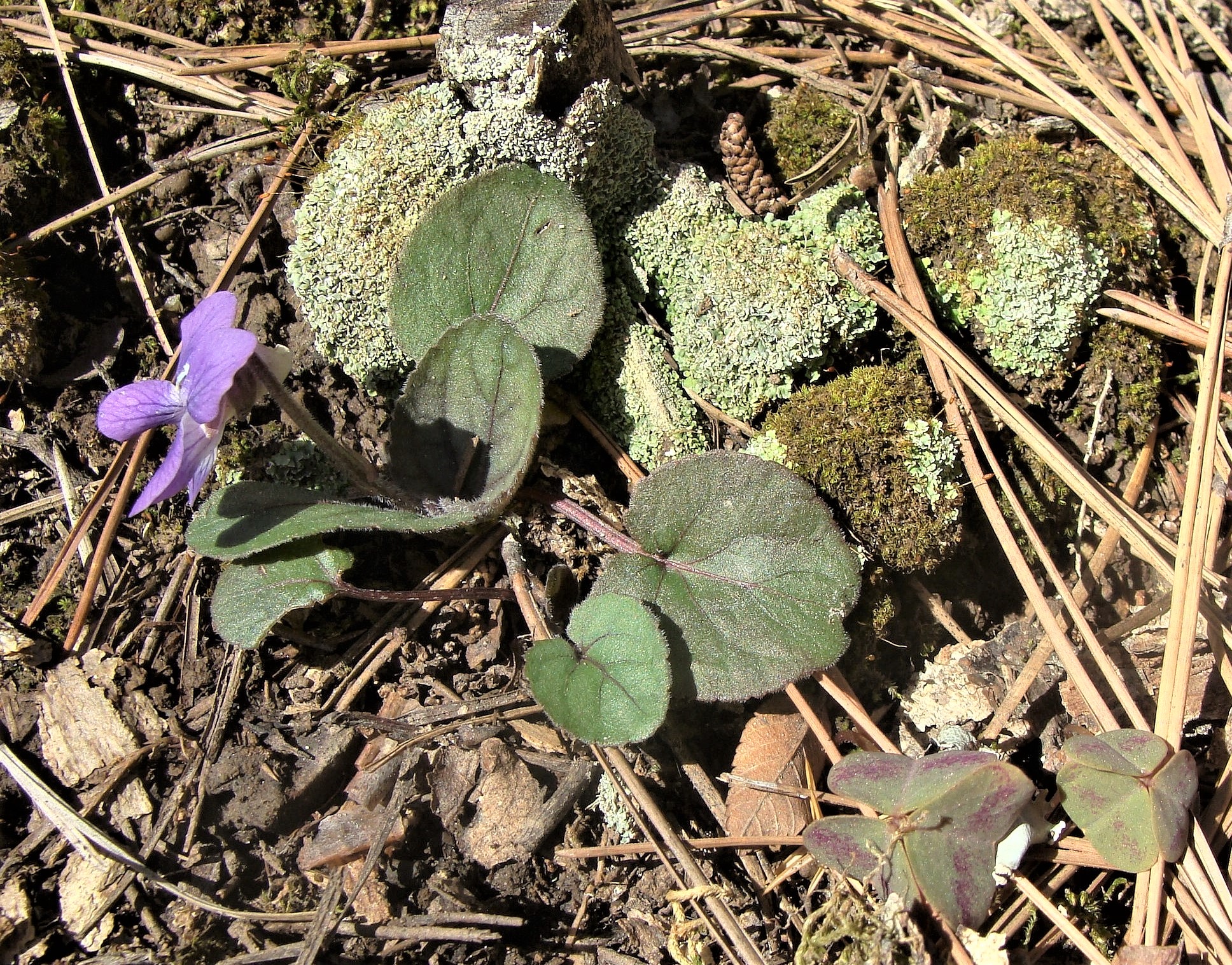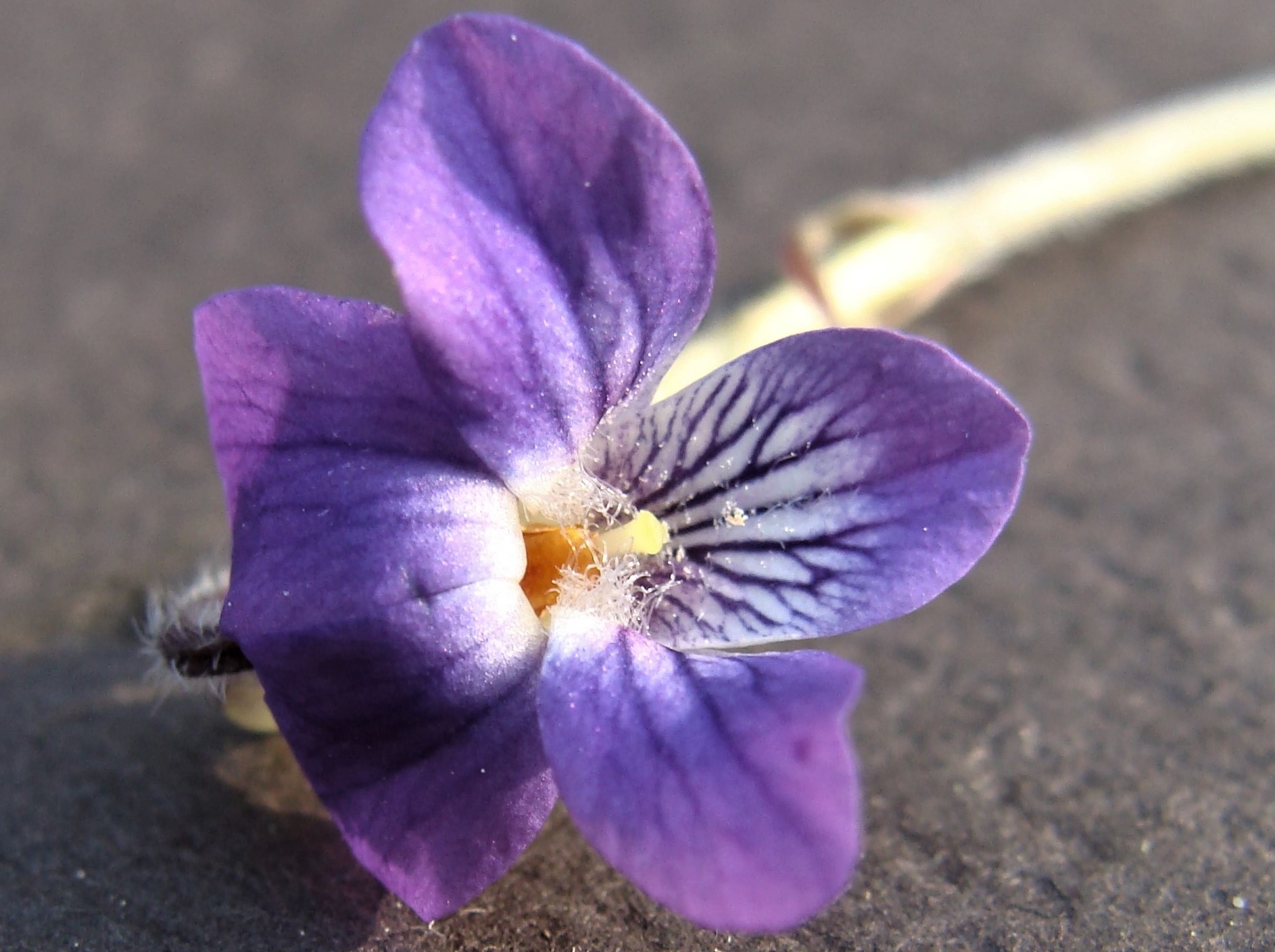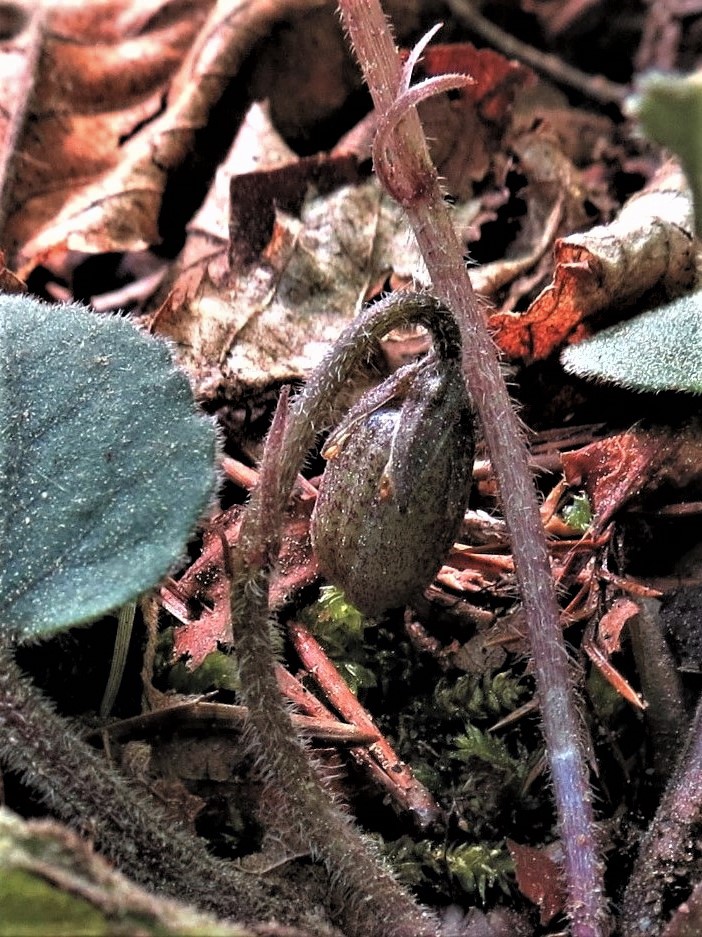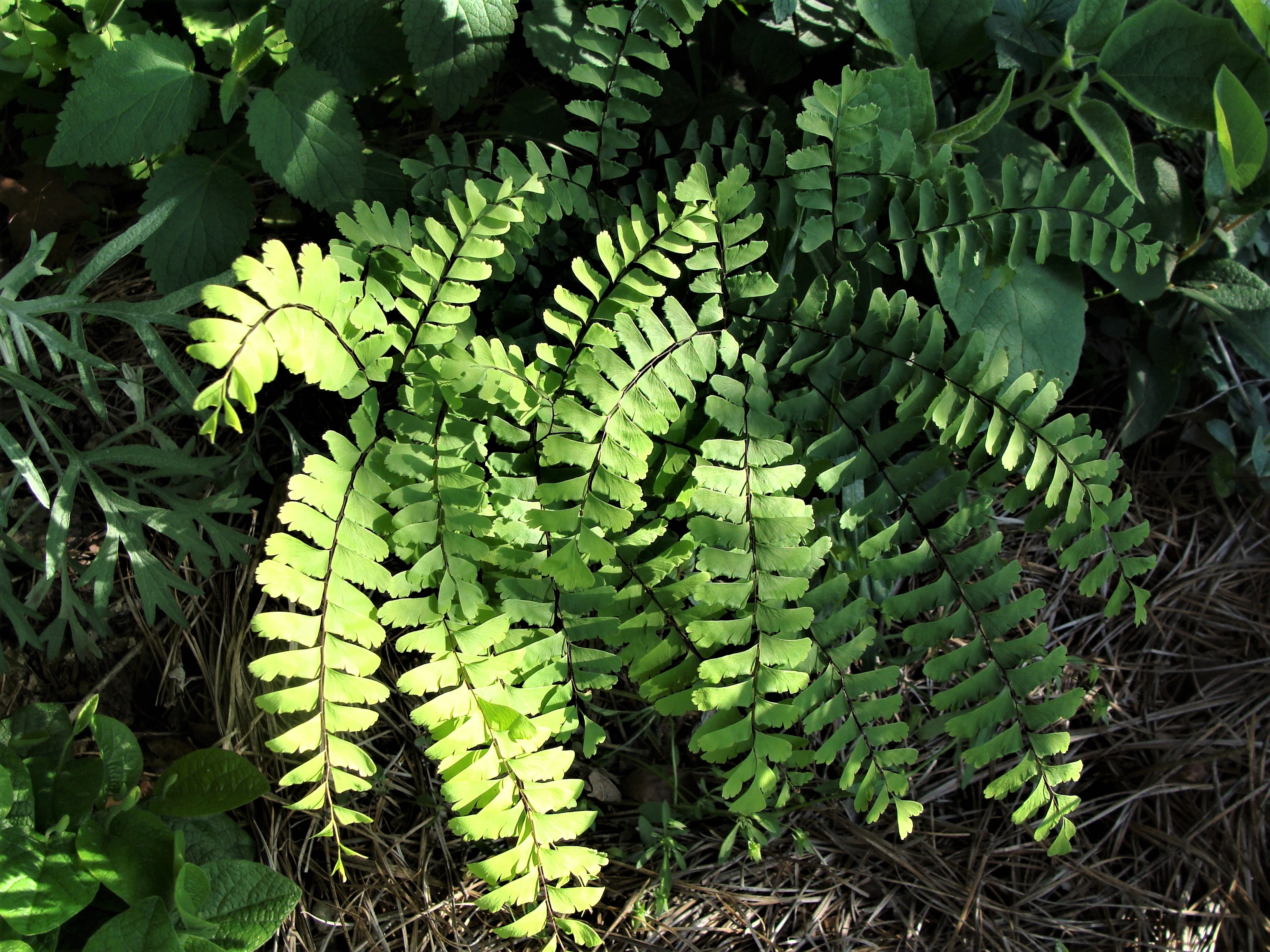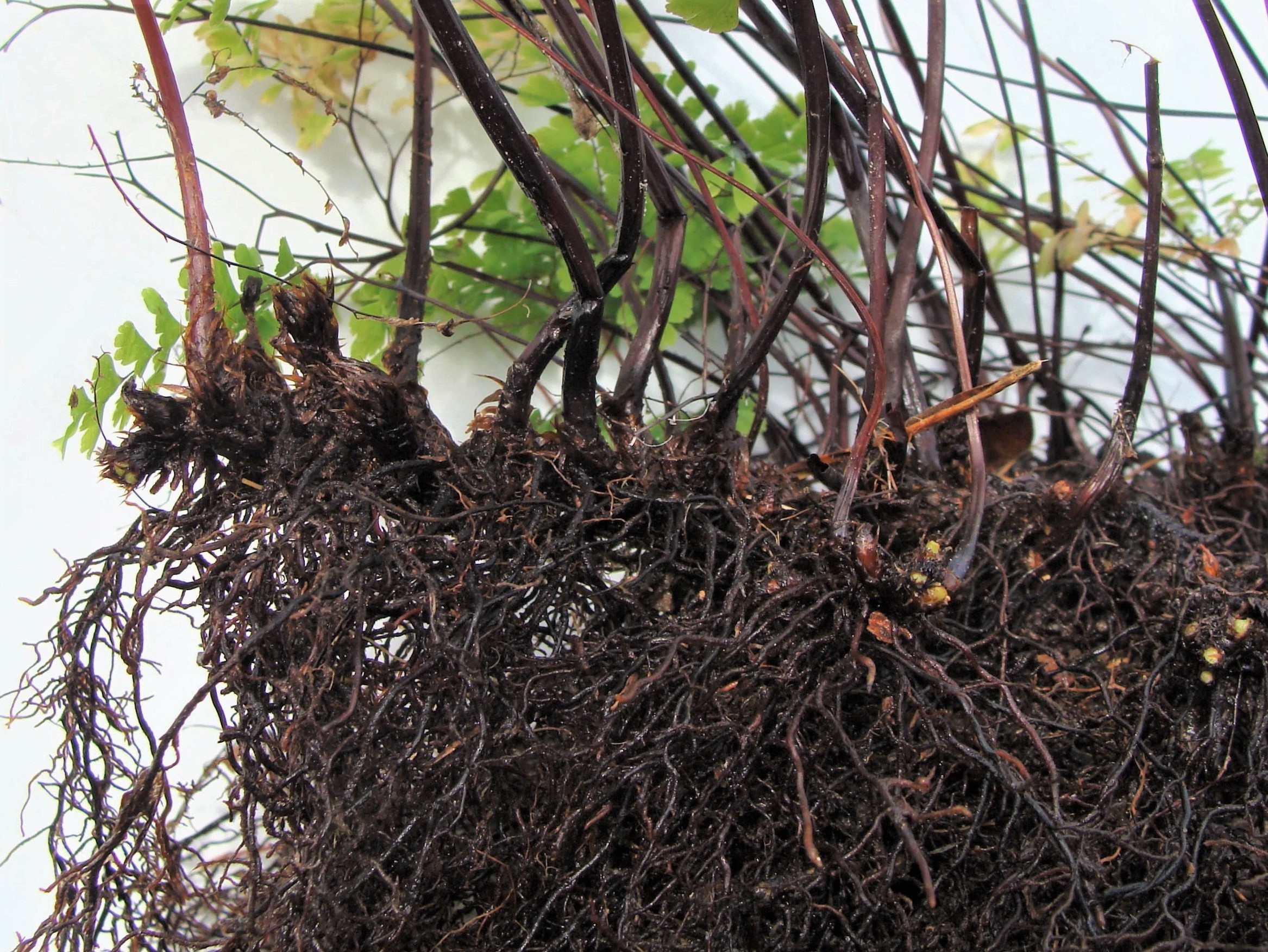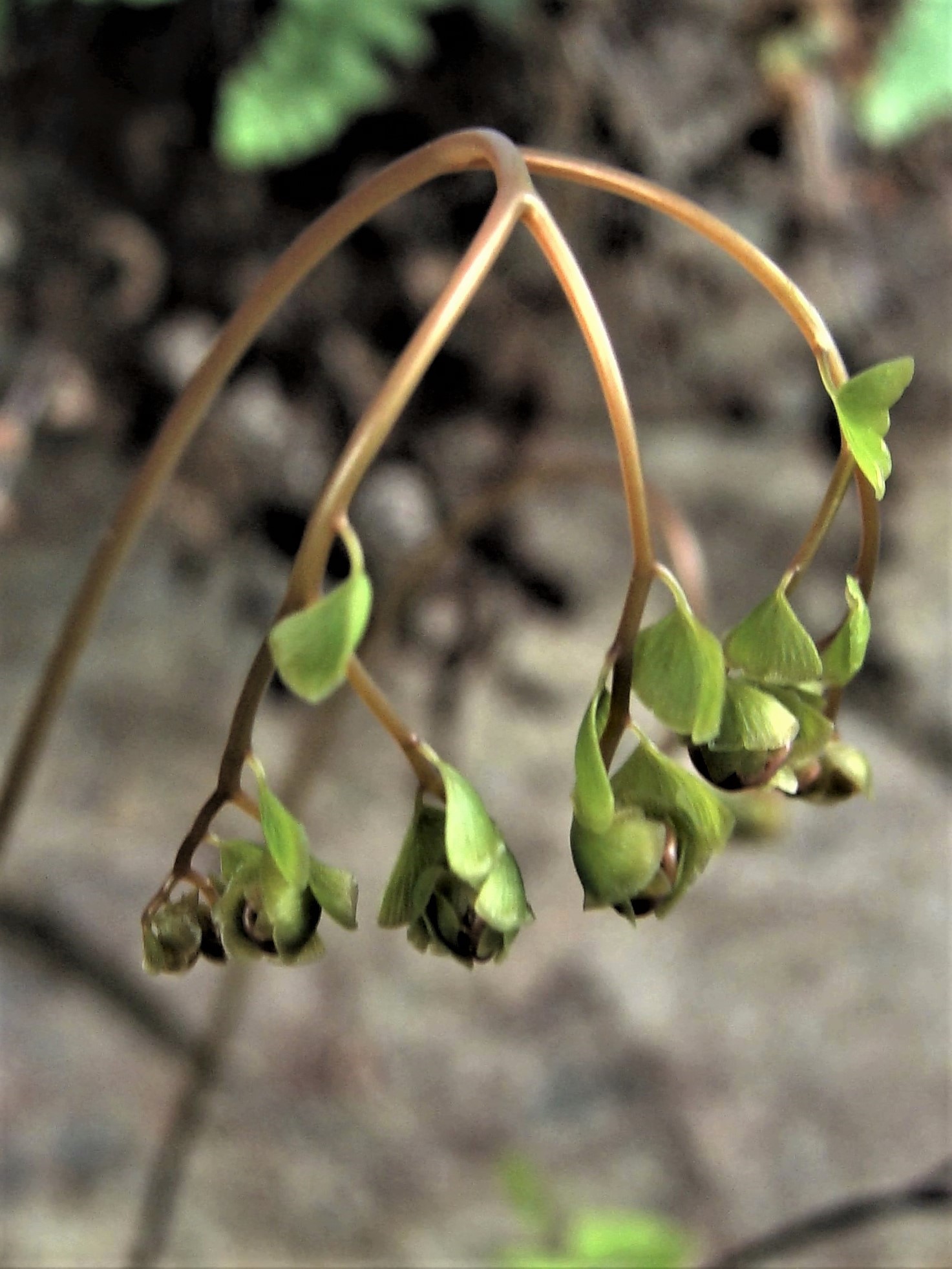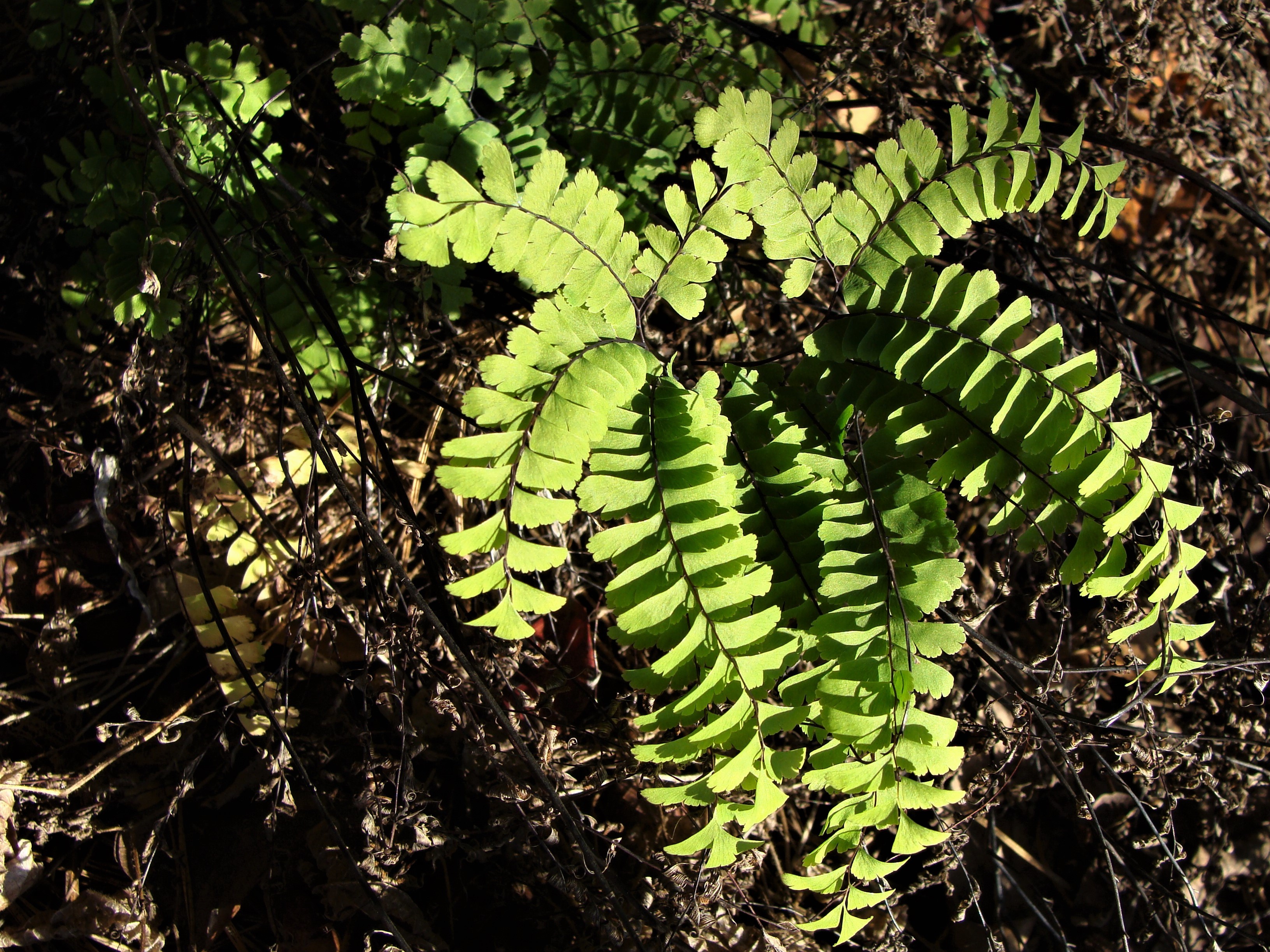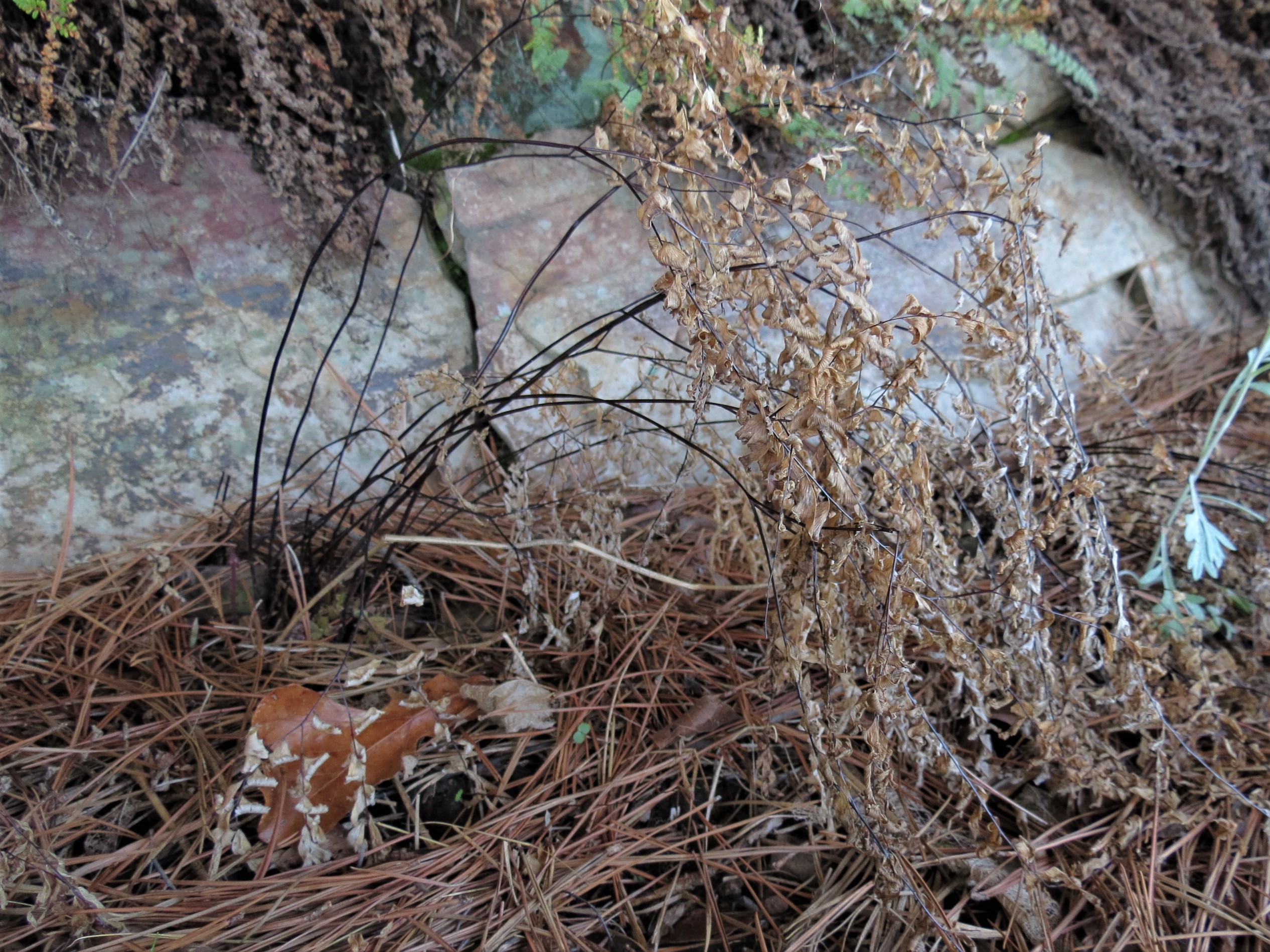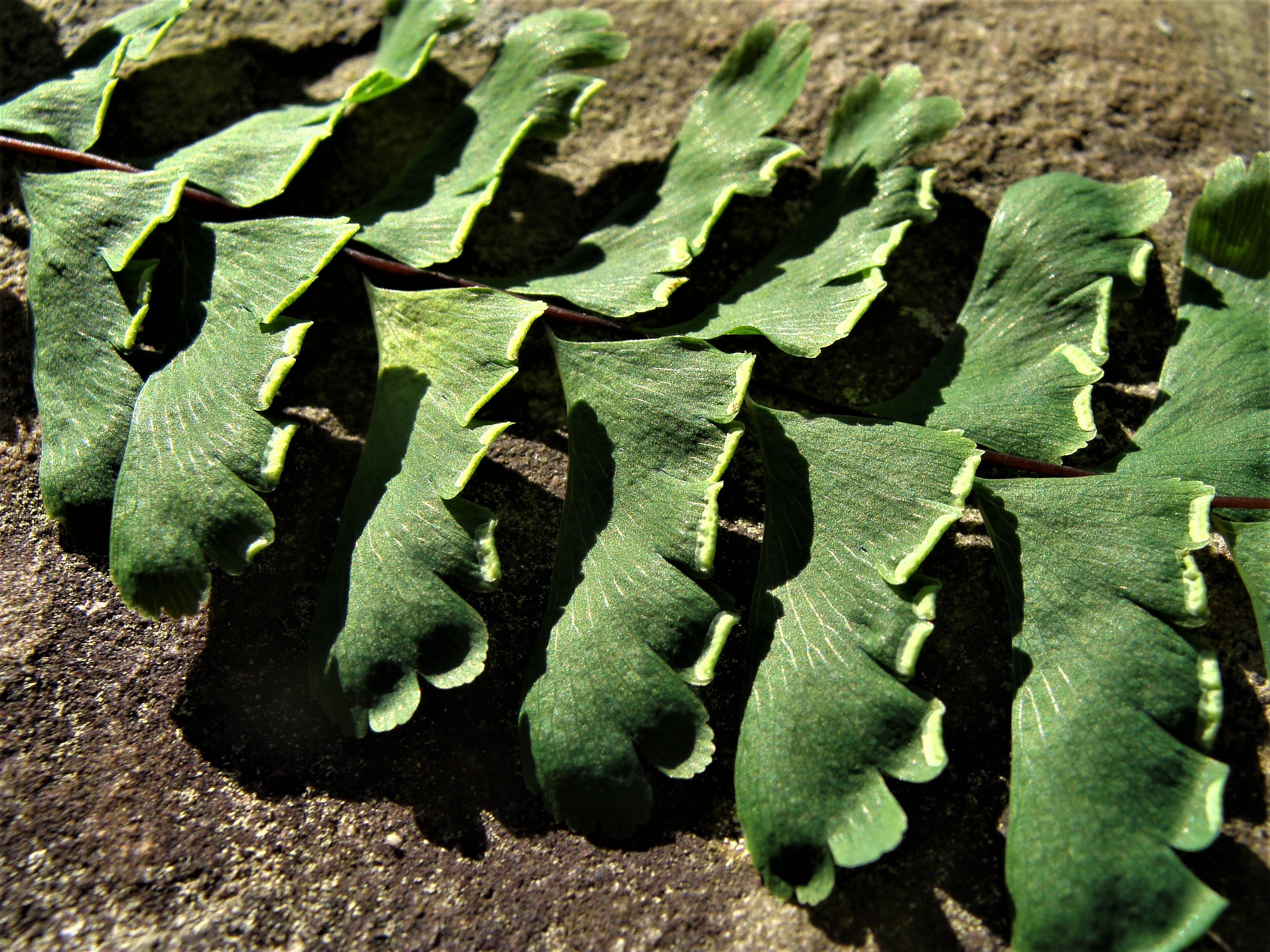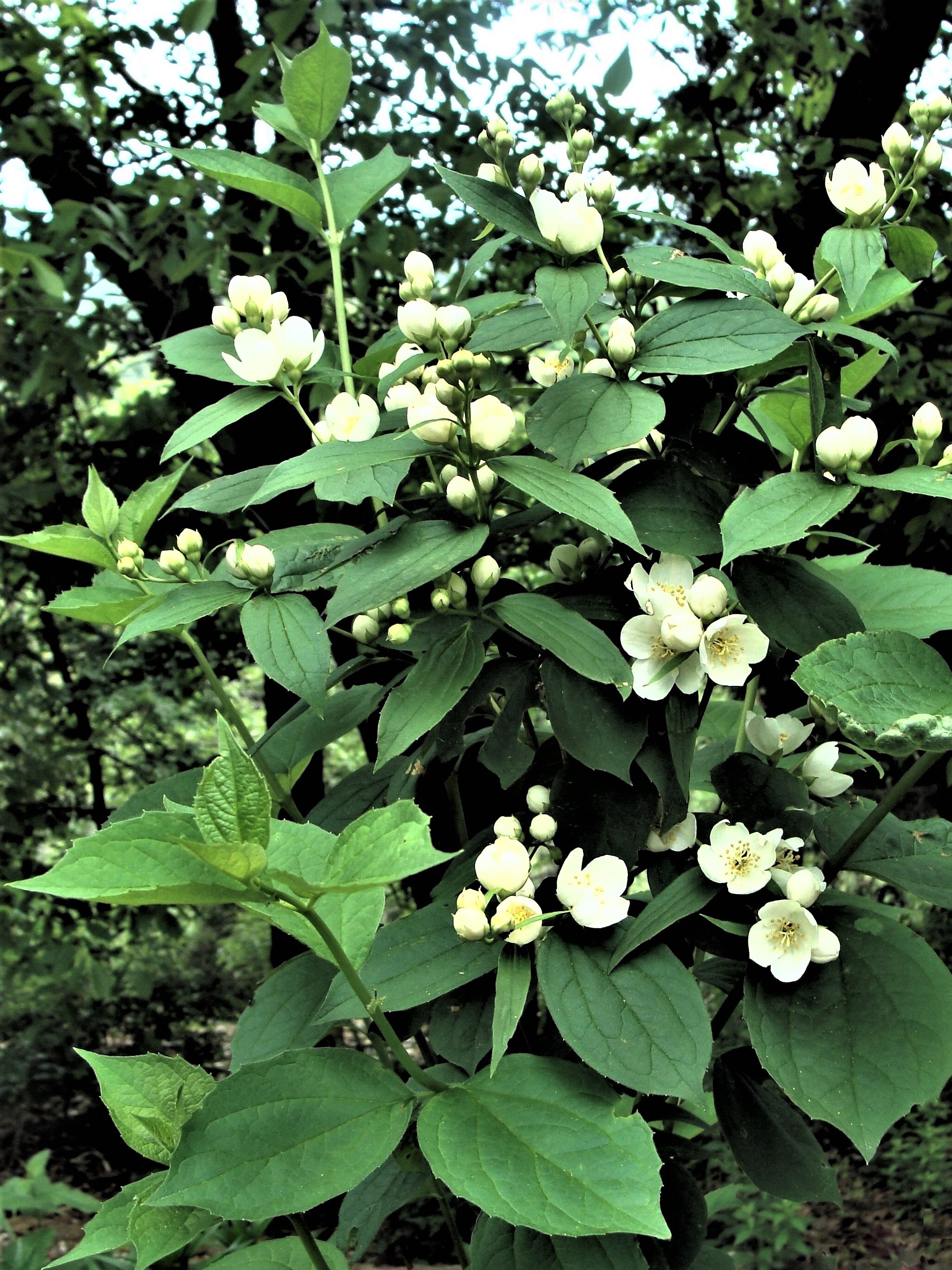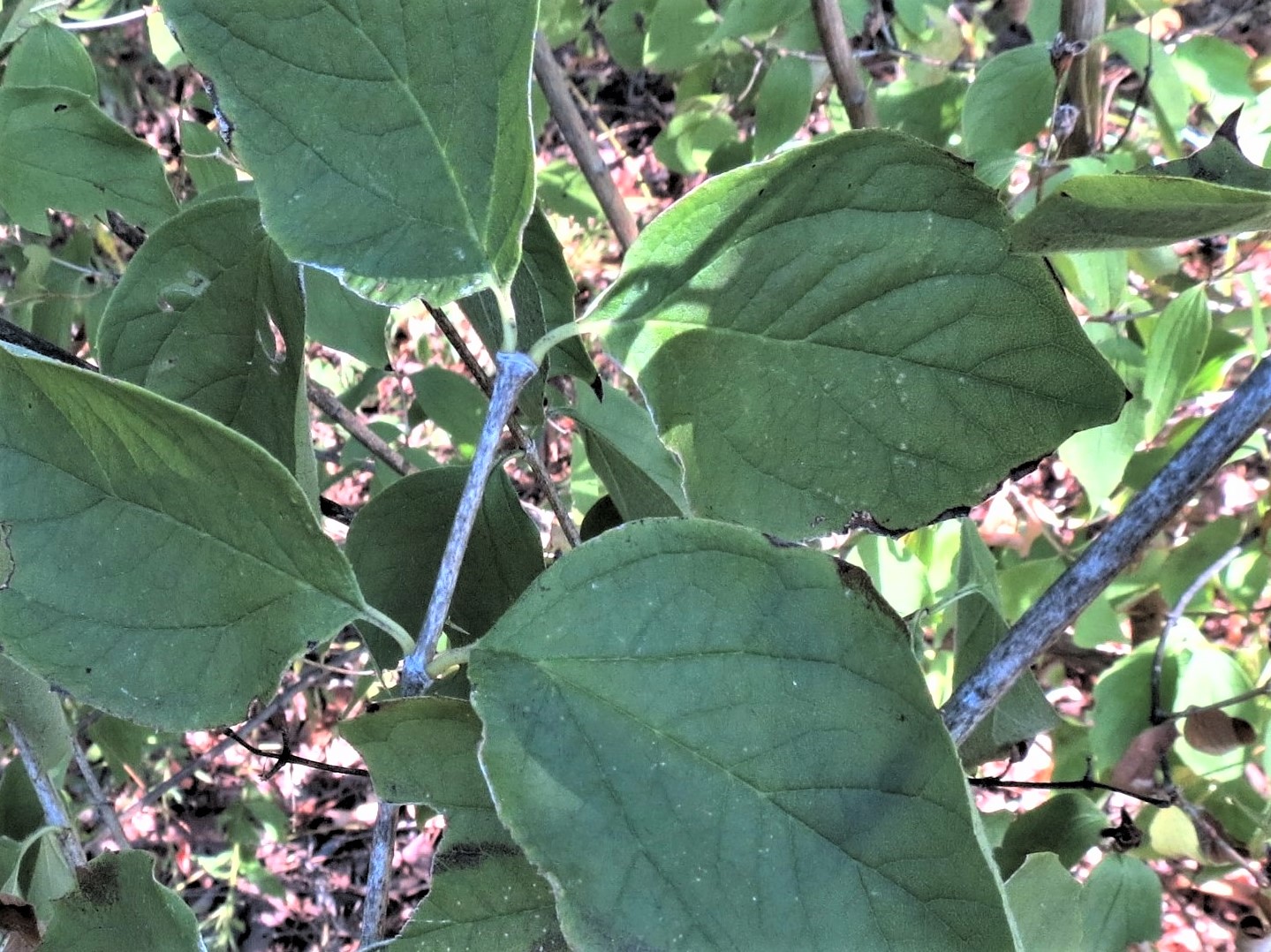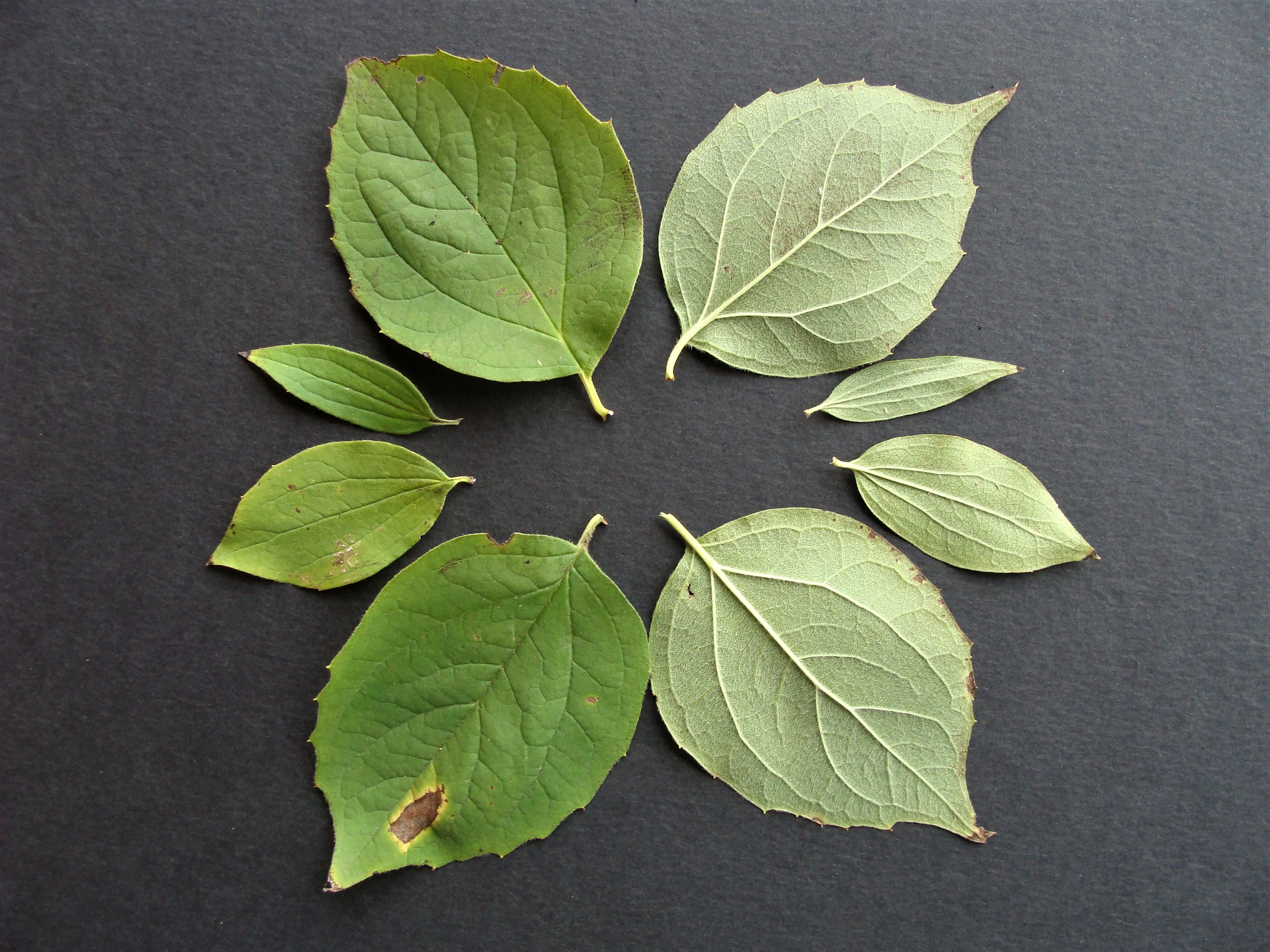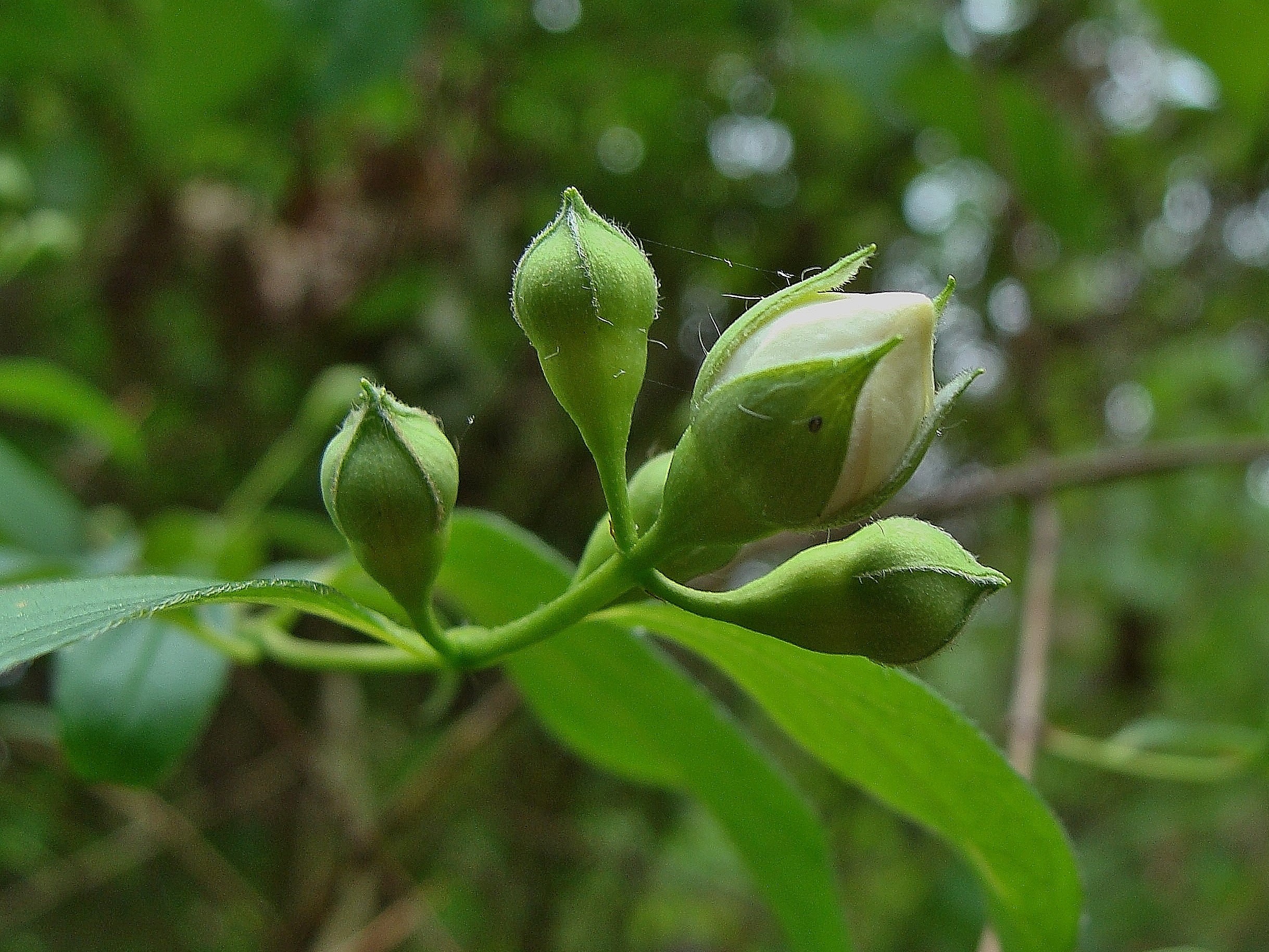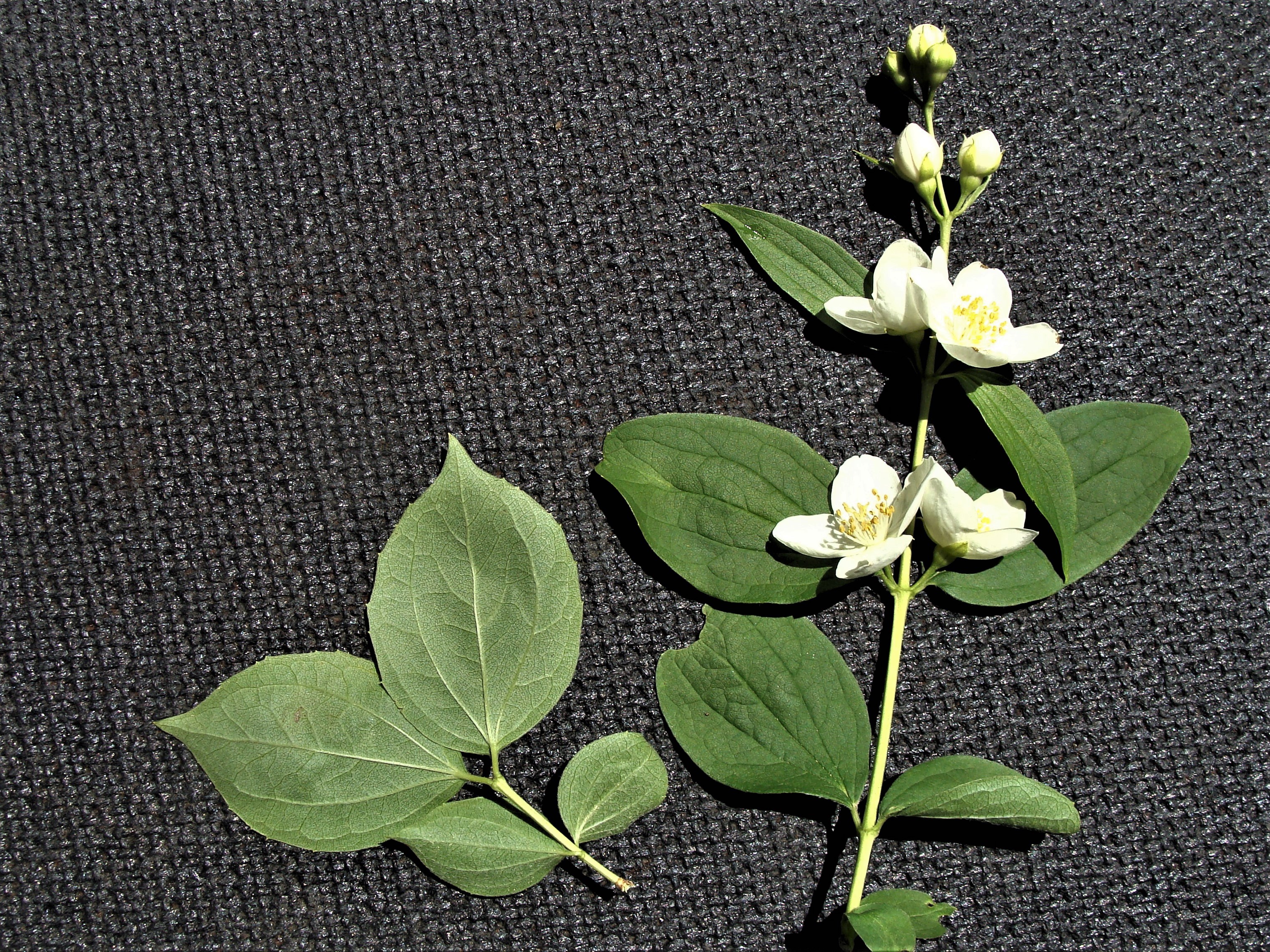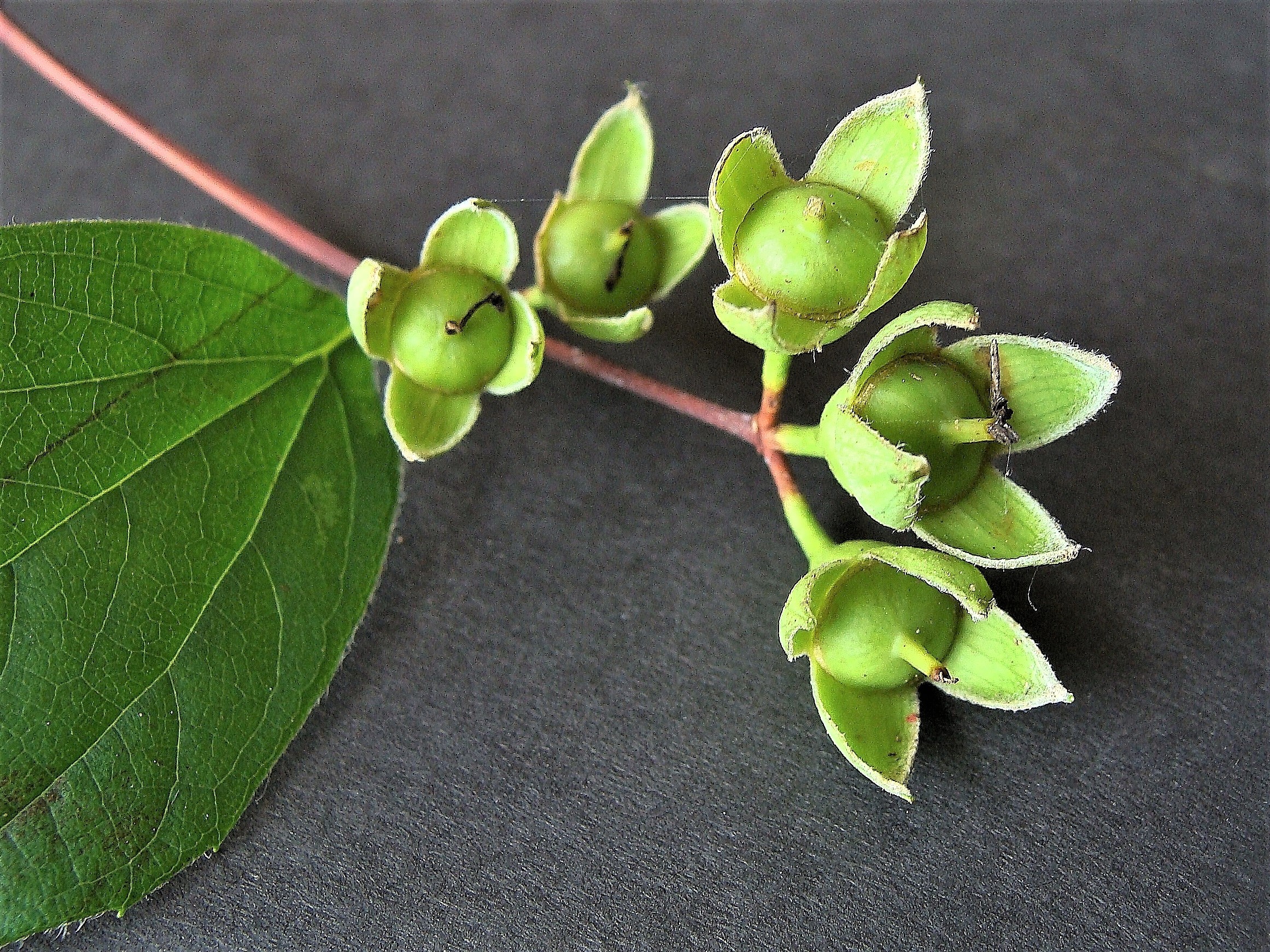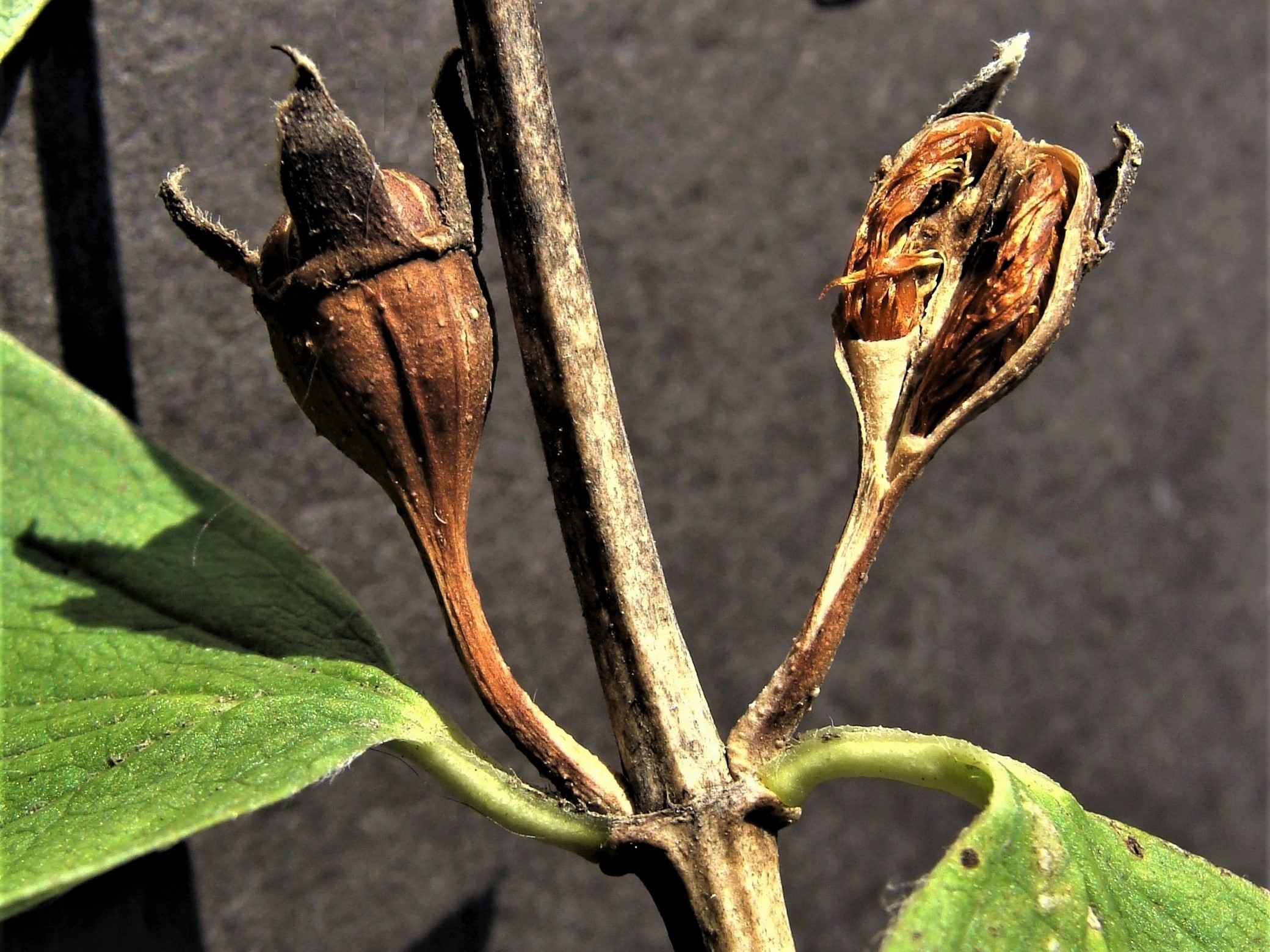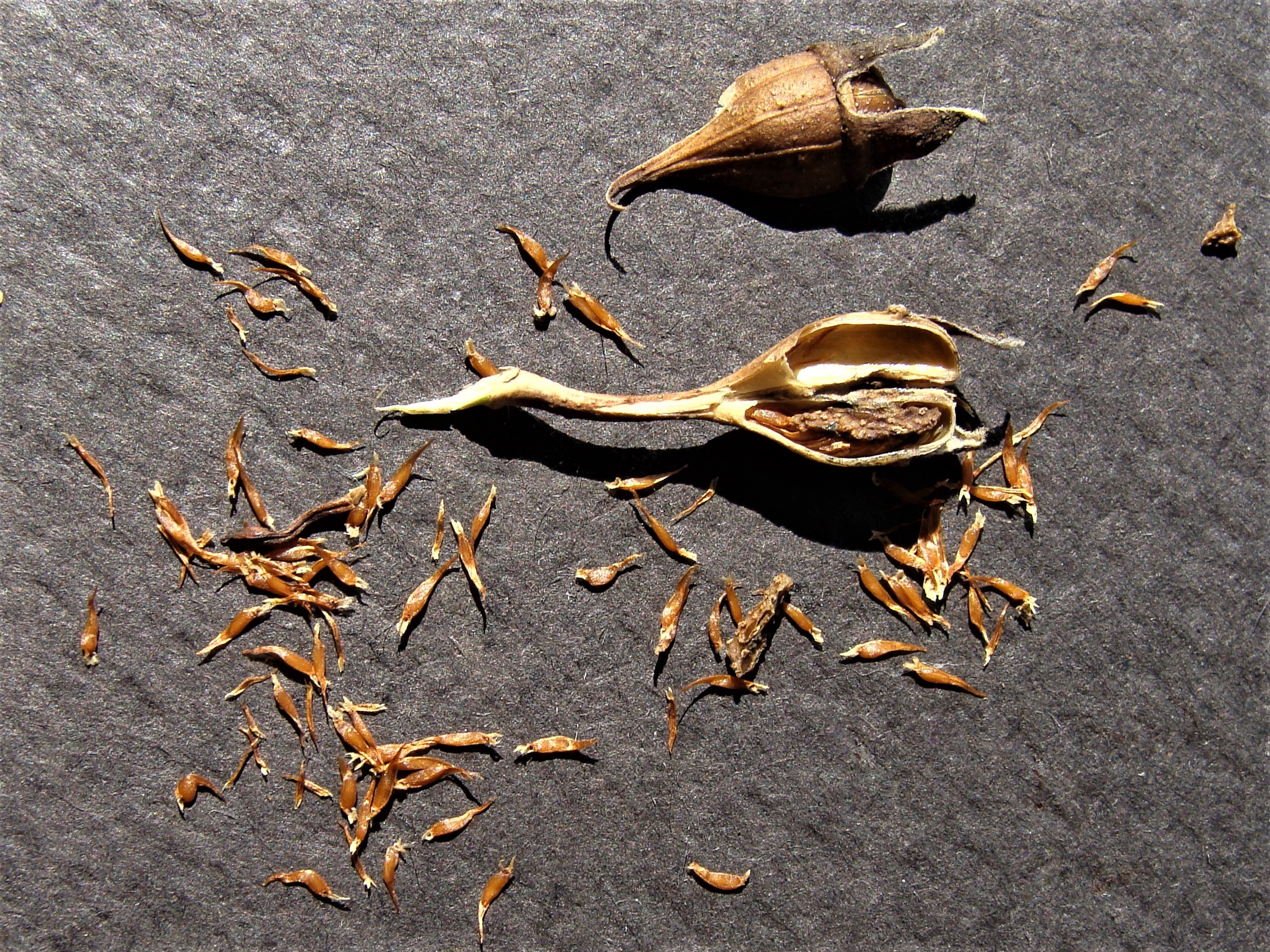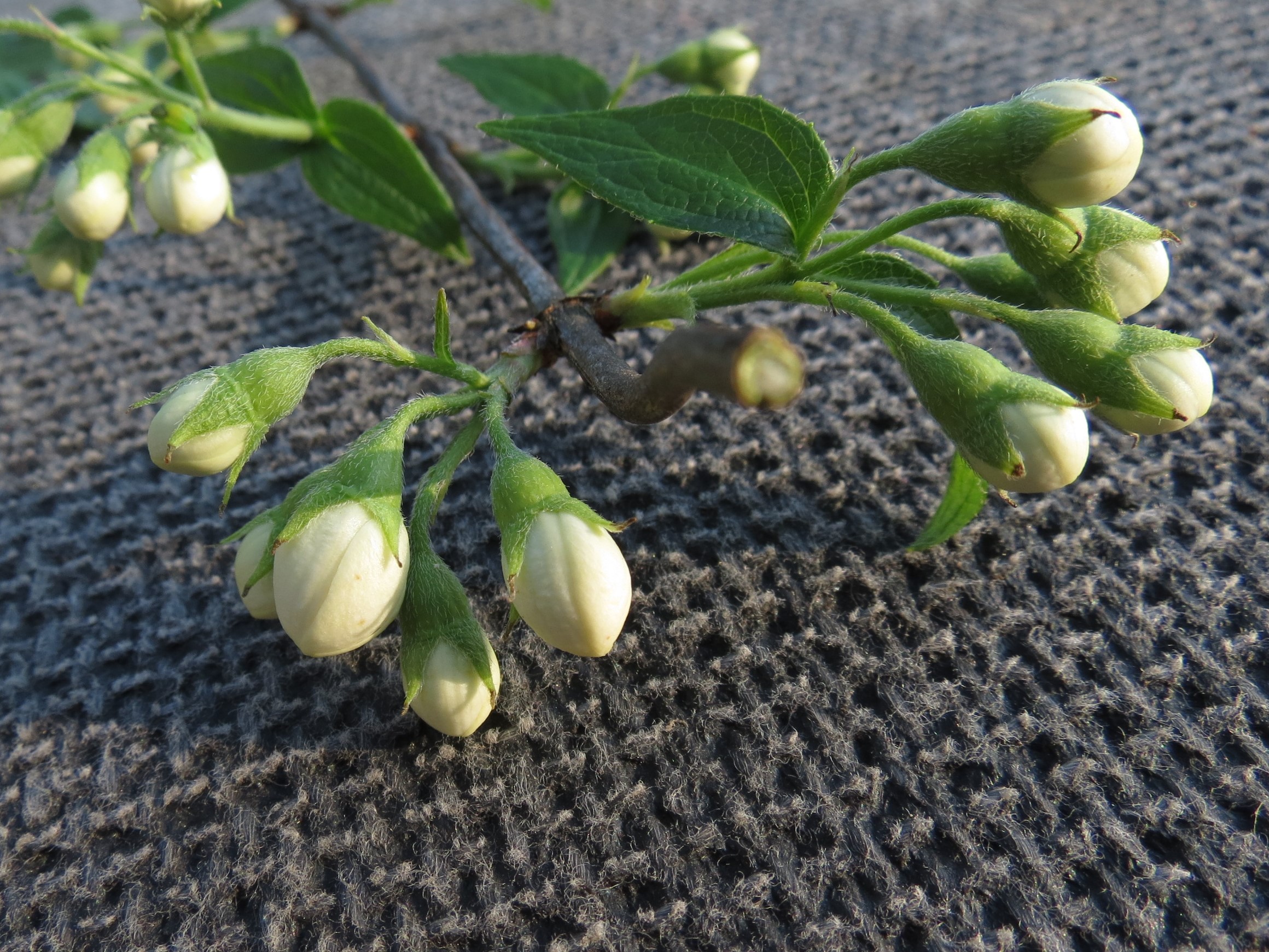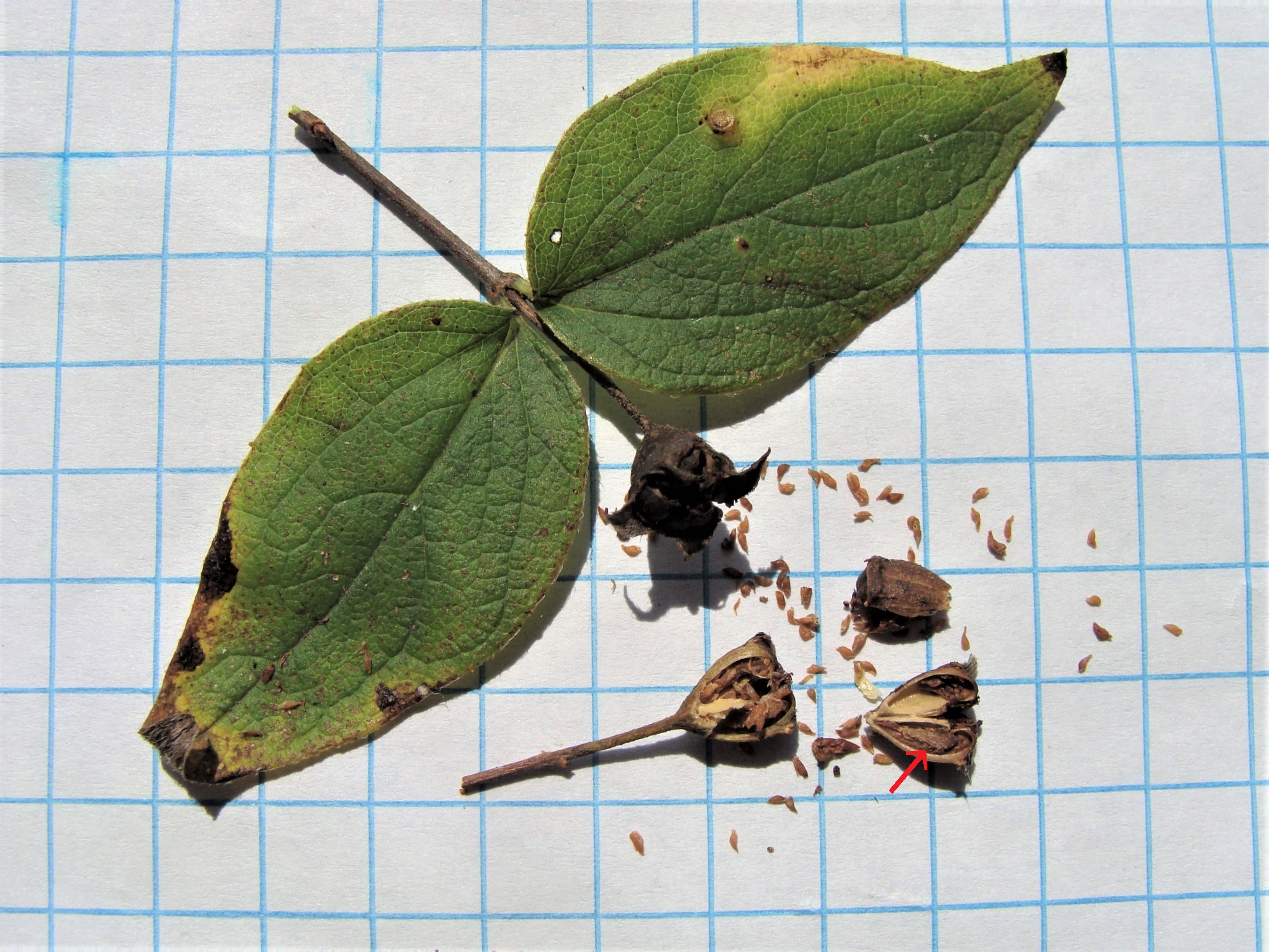Dear ANPS Member,
Earlier this year, when ANPS board members were having yet another discussion about whether we should resume in-person meetings, the Omicron variant of COVID-19 was running rampant through Arkansas and the future still seemed uncertain. So, we made the decision to cancel our traditional, three-day spring meeting once again. However, we all agreed that we should begin trying to return to normal by planning some type of in-person, all-outdoor meeting as a way to ease into getting together again. We are trying something new this spring, and we hope you will be on board with this idea!
We are planning a series of spring mini-meetings, one in a different region of the state on several Saturdays this spring. Each event will include a morning plant walk to a botanical area of interest, a potluck picnic, and an afternoon plant walk to another botanical area of interest.
Please keep reading for all the details of each mini meeting. We are excited to get together again and hope you will be able to join us at an event in your area next month!
Sincerely,
The ANPS Board
ANPS SPRING 2022 MINI MEETINGS SCHEDULE
NOTES FOR ALL WALKS: Wear sturdy boots and bring a hat, sunscreen, bug spray, and water. Waterproof boots are recommended for the April 30 and May 14 meetings.
NOTES FOR THE POTLUCK: Bring your own drink and a camp chair if you have one. If you contribute a potluck dish to share, please also bring a serving utensil. Plates, forks, & napkins will be provided.
RSVP IS NOT REQUIRED. Please contact the leader of each meeting if you have questions.
SATURDAY, APRIL 30: LITTLE ROCK AREA – EASTERN OUACHITAS & MISSISSIPPI ALLUVIAL PLAIN
Meeting & Trips Leader: Eric Hunt (ANPS); ericinlr@gmail.com or text/call 415-225-6561
9:30 – 11:30 am: Fourche Bottoms Flatwoods. Directions: There is no parking at the flatwoods site; meet at Interstate Park (3900 S. Arch Street, Little Rock, AR 72206) to carpool to the site.Habitat: Mesic hardwood flatwoods with a diverse herbaceous understory. Dominant trees of shagbark and water hickory with an understory of hawthorn, false indigo and red buckeye. Copper iris, spring spider lily, swamp leatherflower, green dragon, white wild indigo are some of the showy spring bloomers we expect to see. Level of difficulty: moderate; no trails but the ground is flat with some downed wood. Waterproof hiking boots are strongly recommended.
12:00 – 1:00 pm: Potluck picnic at Vista Park. Directions: head west on Cantrell/Highway 10 from Little Rock, and the park is on the north side of Cantrell/Highway 10 right before you cross over the last bridge over Lake Maumelle. GPS for the entrance is 34.8721, -92.6533.
1:00 – 2:30 pm: Maumelle River WMA. Directions: There is no parking at the site; meet at Vista Park (see above) and carpool to the WMA. Habitat: Mesic mixed oak-pine forest with the highly fragrant bigleaf snowbell dominating the understory. We hope to catch it in full bloom. There are also white fringetree that should be in bloom. Level of difficulty: Moderate to strenuous; no trails and ground is gently rolling with some rocks and downed wood.
SATURDAY, MAY 7: NORTHEAST ARKANSAS – CROWLEY’S RIDGE AT VILLAGE CREEK STATE PARK
Meeting & Trips Leader: Travis Marsico (STAR Herbarium); tmarsico@astate.edu or text/call 870-253-1410
Address: 201 Co. Rd. 754, Wynne, AR 72396
Directions: From Wynne, take AR-284 East to CR 754 (6.9 miles), then take a slight left on CR 754 and follow for 1.1 miles. Enter the park by taking a left on CR 756. Follow CR 756 to the Lake Austell pavilion and picnic area. Google Maps: https://goo.gl/maps/L3H9JH9xHAMp3aXP7.
All activities will start from the Austell Trail pavilion and picnic area. Please meet there no later than 10 minutes before the start times of each walk.
Habitat: Highlights of both walks will include wildflowers associated with rich, mesic forests including Beech and Maple. We may see some of the western extent of natural Tulip-tree populations.
9:00 am: Lake Austell Trail. Level of difficulty: moderate with a few strenuous parts, but we’ll take it slow.
12:00 pm: Potluck picnic at the Lake Austell picnic area.
2:00 pm – 5:00 pm: Lake Austell Trail (a different section). Level of difficulty: moderate with a few strenuous parts, but we’ll take it slow.
SATURDAY, MAY 14: PINE BLUFF AREA – MISSISSIPPI ALLUVIAL PLAIN & WEST GULF COASTAL PLAIN
Meeting & Trips Leader: Richard Abbott (UAM Herbarium); abbottjr@uamont.edu or text/call 217-549-9625
9:00 – 11:30 am: Part of the AGFC Cane Creek Lake Trail, north of Cane Creek State Park. Location: Meet at the Star City baseball fields and we will carpool/caravan to the site. The ball field parking lot is on E. Arkansas Street, just west of the Southeast Arkansas Behavioral Healthcare System at 505 E. Arkansas. Directions: From Hwy 425 in Star City, head east on Hwy 114/E. Arkansas St. 0.4 miles. The parking lot is on the right. Level of difficulty: moderate – partly off-trail and potentially wet and muddy, with minor elevation changes. We will see beautiful bottomland hardwoods and upland woods off the beaten path, with the feeling of being in the middle of nowhere.
12:00 – 1:00 pm: Potluck picnic at Bayou Bartholomew River Trail (5401 S Olive St, Pine Bluff). Directions: From I-530, take exit 43 to 63 N (S. Olive St). Turn right at the stoplight, just north of Relyance Bank, take the second left toward Payless and then take the gravel road to the right.
1:00 – 4:00 pm: Byrd Lake Natural Area. Because parking is limited, we will meet at the lunch stop (see above) and carpool/caravan to the site. Level of difficulty: easy to moderate – much on ADA compliant trails. Habitat: We will see an oxbow lake with bald cypress surrounded by rich, alluvial bottomlands on the very edge of the Gulf Coastal Plain.
SATURDAY, MAY 21: WEST-CENTRAL ARKANSAS – OUACHITA MOUNTAINS AT CADDO/WOMBLE RANGER DISTRICT
Meeting Leader: Virginia McDaniel (US Forest Service); virginiamcd31@yahoo.com or text/call 828-545-2062
Address: 1523 Hwy 270E, Mount Ida, AR 71957
Directions: From Mt. Ida at the intersection of Hwy 27S and Hwy 270, take Hwy 270 E 1.2 miles and turn right into the office parking area.
All activities will start at the Caddo/Womble Ranger District office. Please meet there no later than 10 minutes before the start times of each trip.
9:00 am – 12:00 pm: Virginia McDaniel and Susan Hooks (USFS, retired) will give a tour of the USFS’s Mt. Ida Seed Orchard, which features grasslands and open woodlands. They will also discuss the interesting history of one of the USFS’s living seedbanks for Shortleaf Pine. Virginia will also demonstrate how to properly collect and press a plant to make a herbarium voucher specimen.
12:15 – 1:30: Potluck picnic at the Caddo/Womble Ranger District office picnic area.
1:30 – 4:30 pm: Glade Restoration Project in the Caddo/Womble district, led by Virginia and Susan. Expect to see winecup, pale purple coneflower, fameflower, widow’s-cross, and Carolina larkspur in flower, to name just a few!
SATURDAY, MAY 28: NORTHWEST ARKANSAS – OZARK HIGHLANDS AT PEA RIDGE NATIONAL MILITARY PARK (PRNMP)
Meeting Leader: Jennifer Ogle (UARK Herbarium); jogle@uark.edu or text/call 479-957-6859
Address: 15930 E Hwy 62, Garfield, AR 72732
Directions: From the intersection of Hwy 94 and Hwy 62 in Rogers, take Hwy 62 East for 7.8 miles then turn left on Pea Ridge Park Entrance and continue to the Visitor Center parking area.
All activities will start at the PRNMP Visitor Center. Please meet there no later than 10 minutes before the start times for each walk/trip.
9:00 am – 12:15 pm: A driving and walking tour of habitat restoration projects at the park. Trip Leaders: Nate Weston (ANPS President) and Nolan Moore (PRNMP Biologist). Level of difficulty: easy to moderate. We will be driving to each site and then walking off trail in flat to gently/moderately sloping grasslands and woodlands.
12:30 – 1:45pm: Potluck picnic. We’ll meet at the Visitor Center parking area and caravan to the picnic area in the park.
2:00 – 5:00 pm: Black Maple Tour. We will visit one of two known sites of the rare black maple in Arkansas, a mesic riparian forest in a scenic, narrow valley with several rock outcrops. We will meet at Visitor Center and carpool/caravan to the site. Along the way we’ll stop to see wildflowers growing in a dry-mesic woodland and we will also stop to see Bowman’s-root (Gillenia trifoliata), another rare species in Arkansas. Trip leaders: Jennifer Ogle and Nolan Moore. Level of difficulty: moderate; at the black maple site, we will be off trail and there is a short but steep slope to get into the site.


